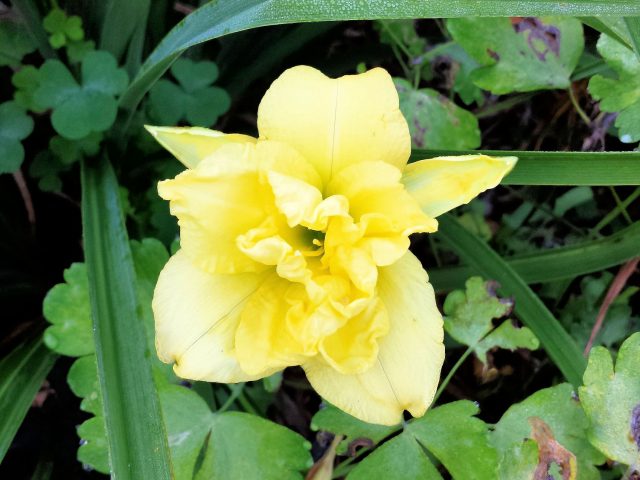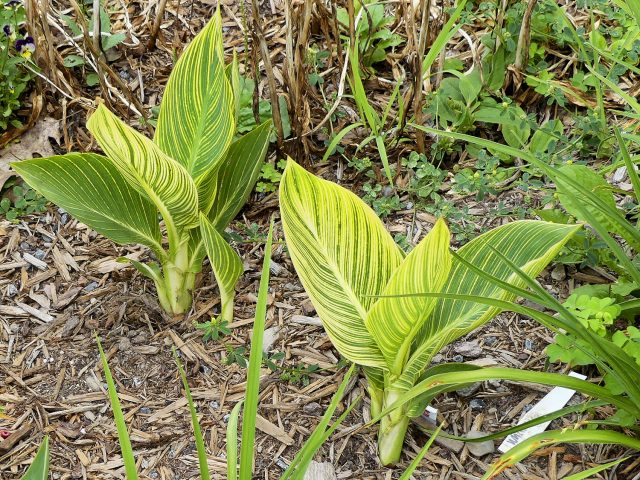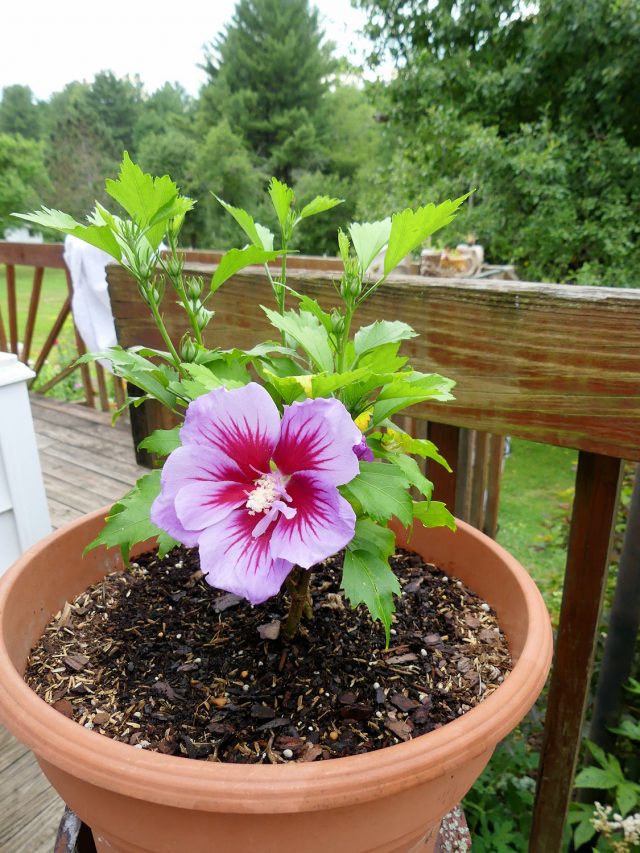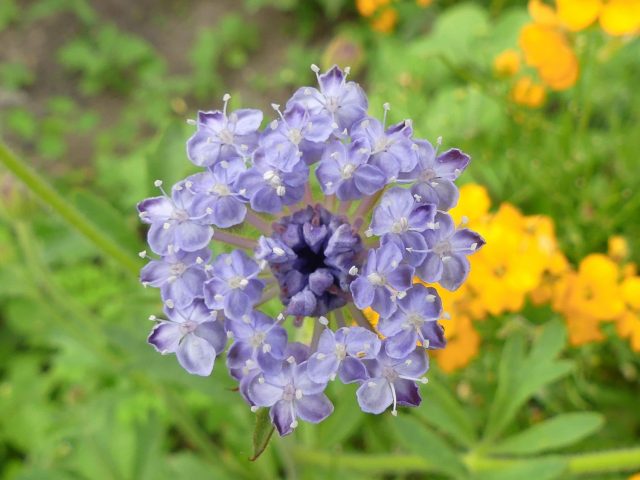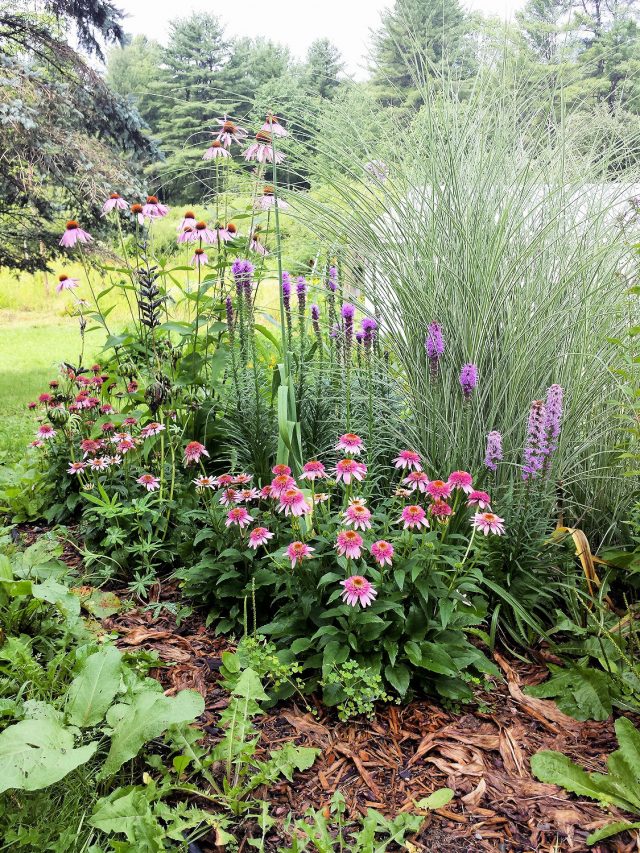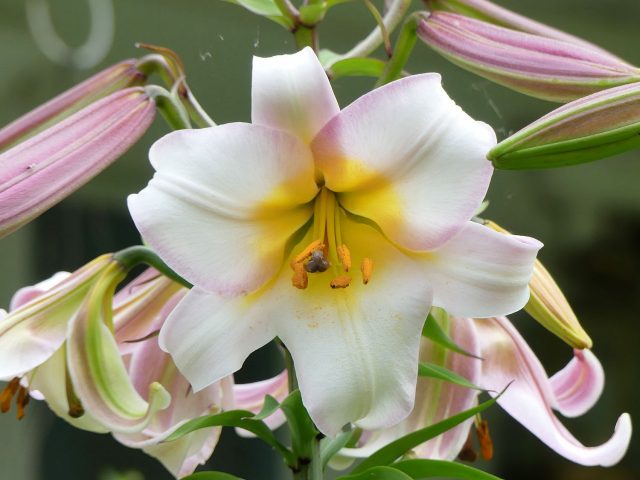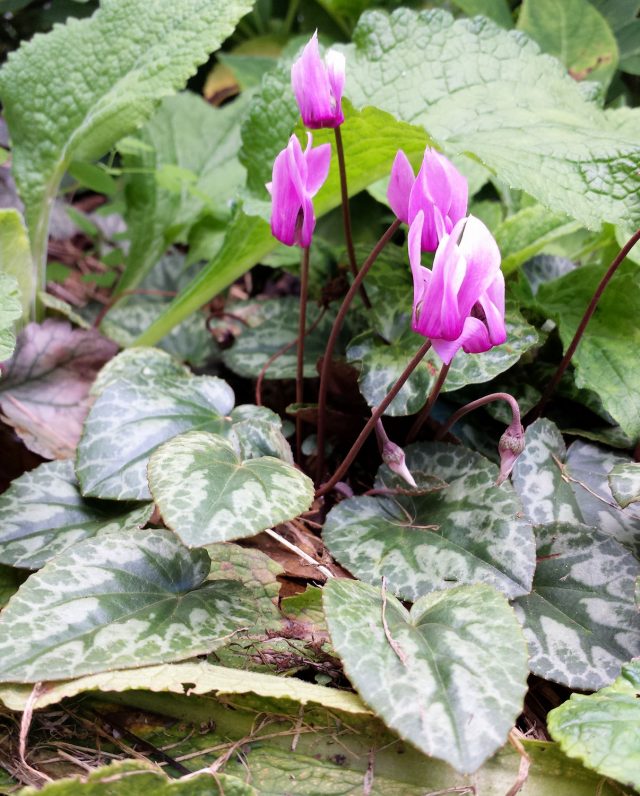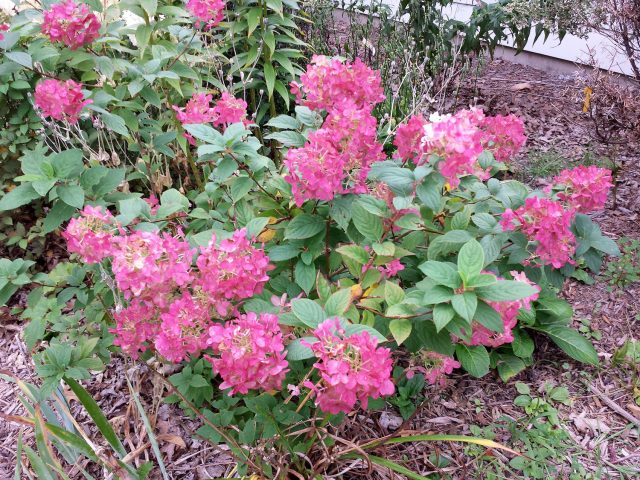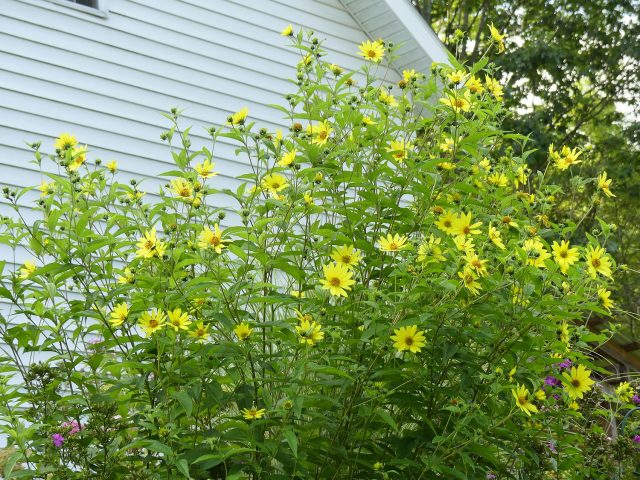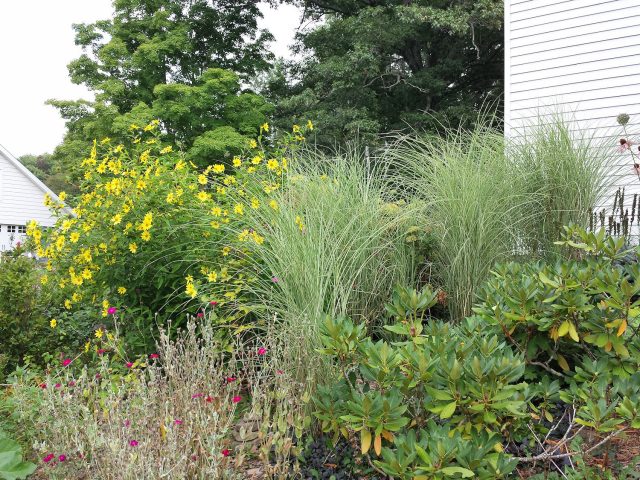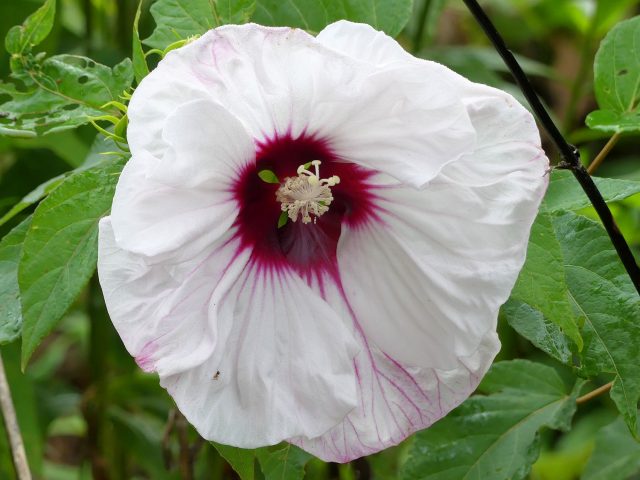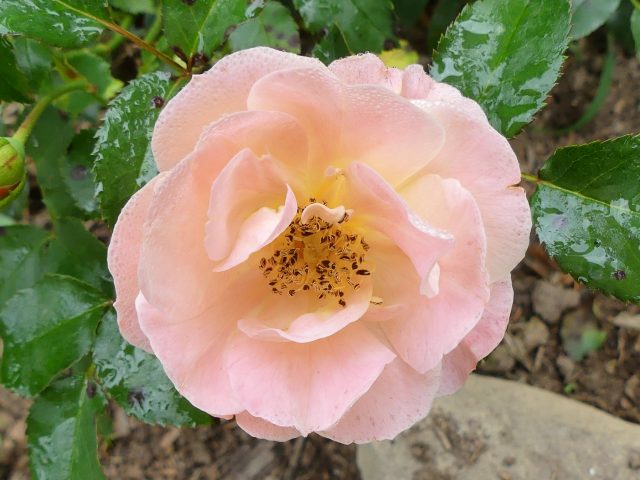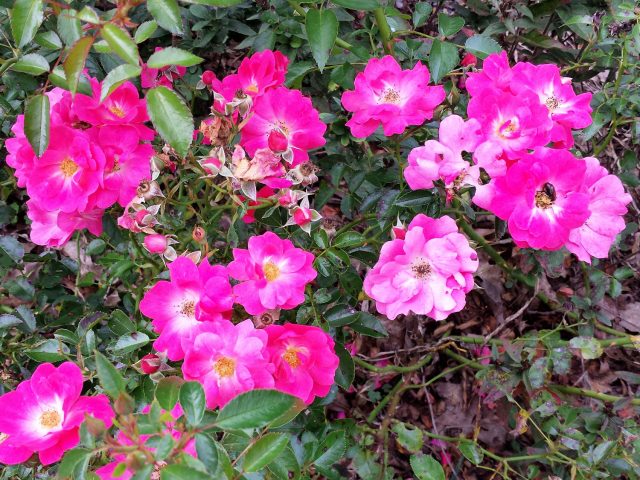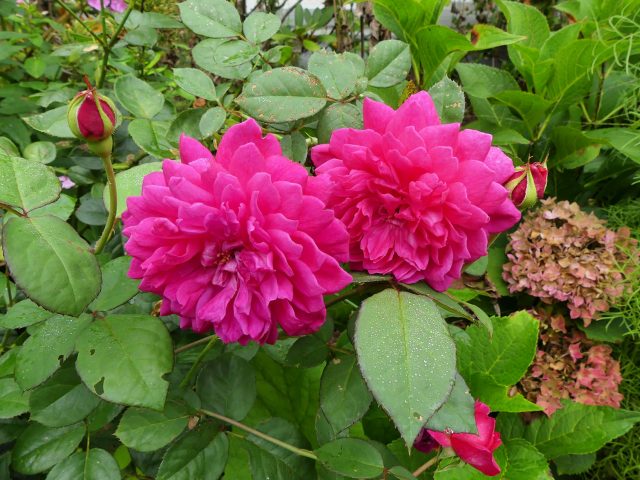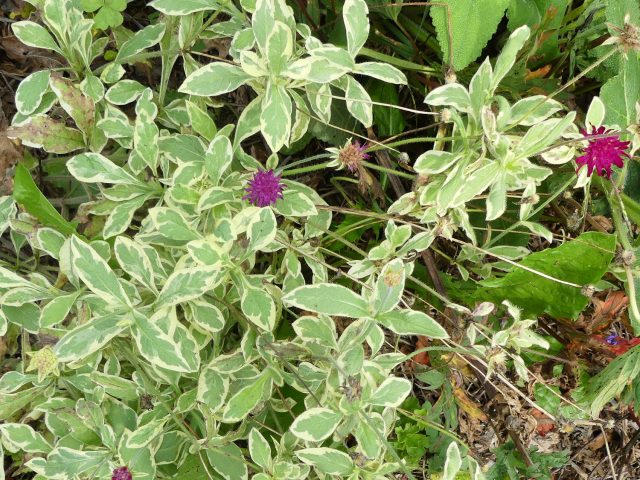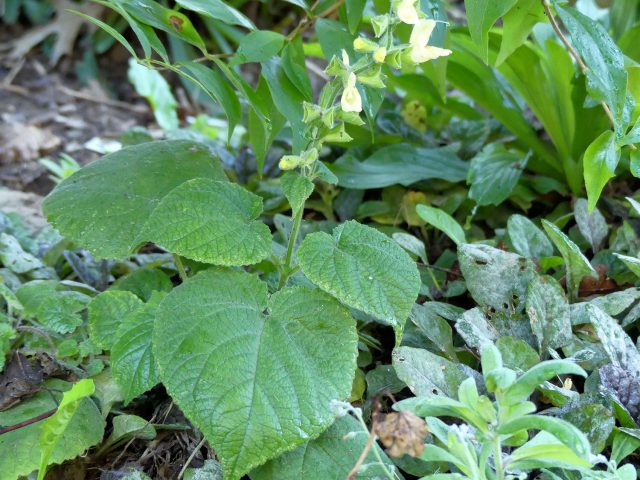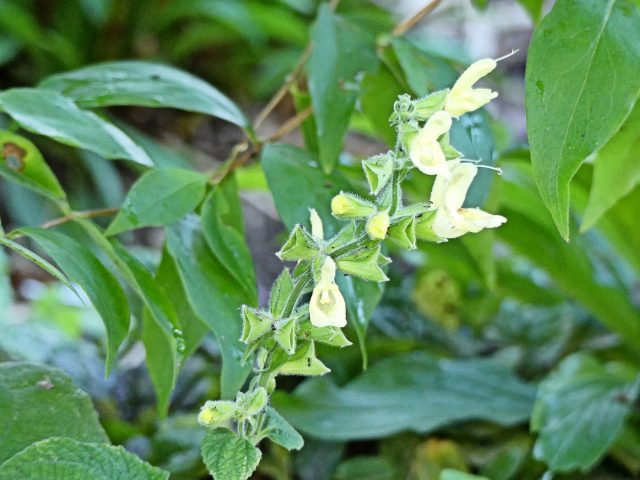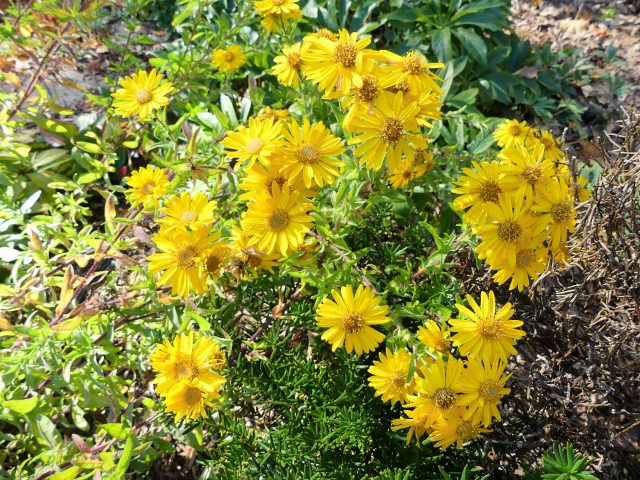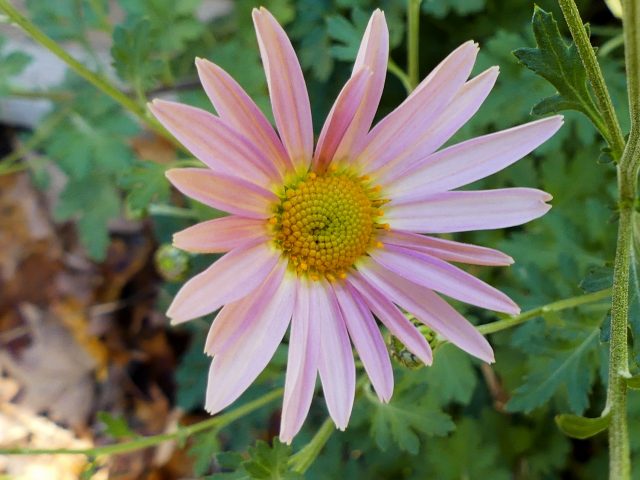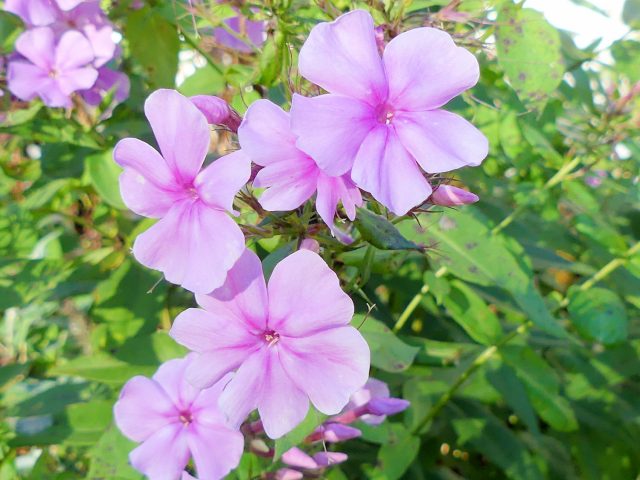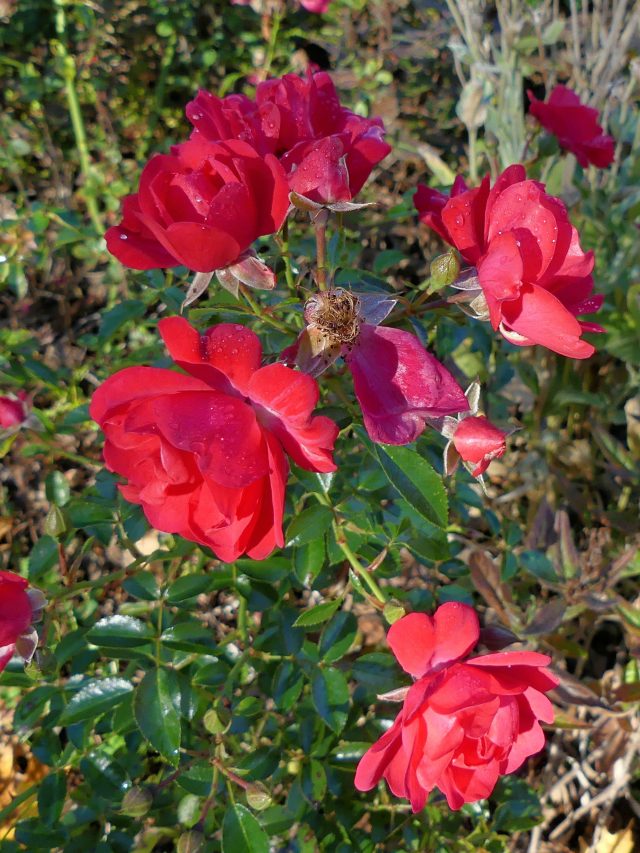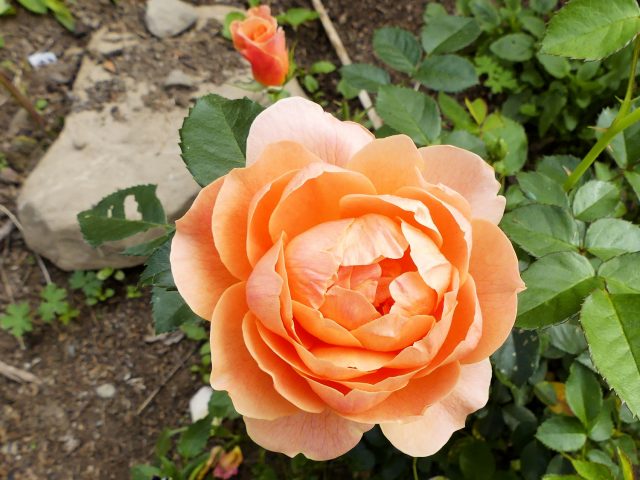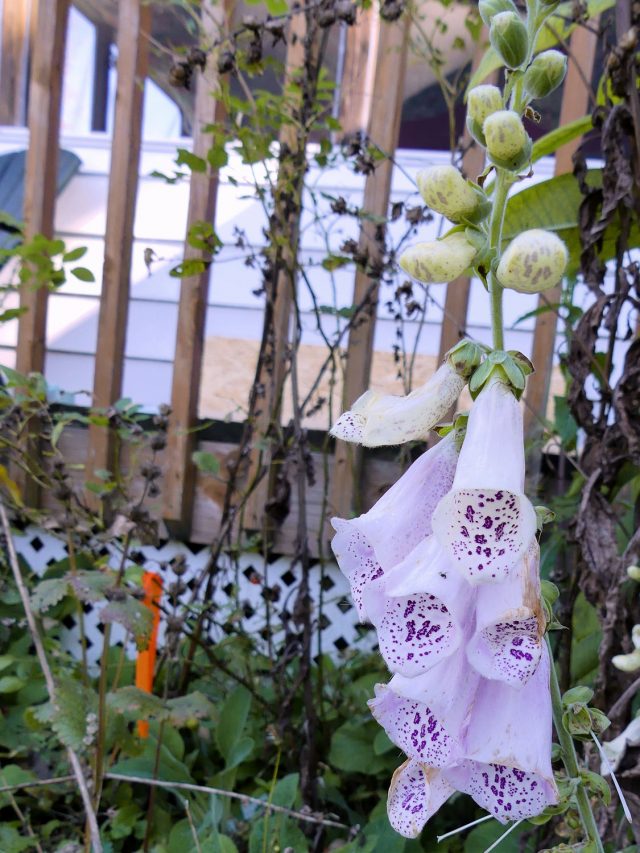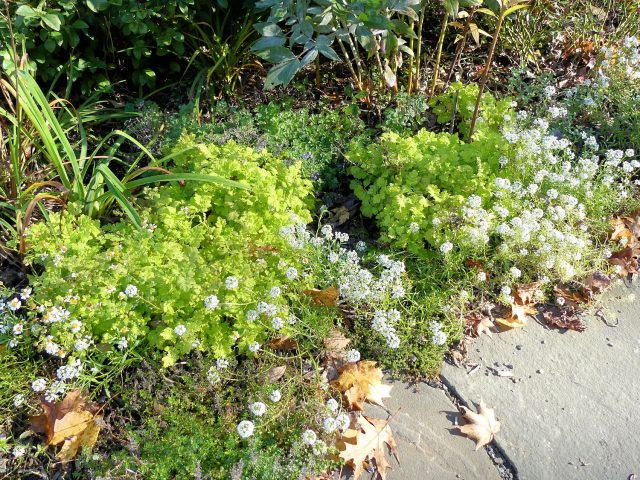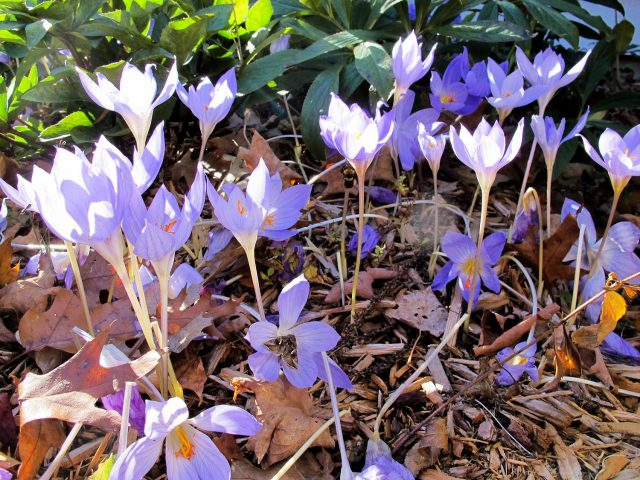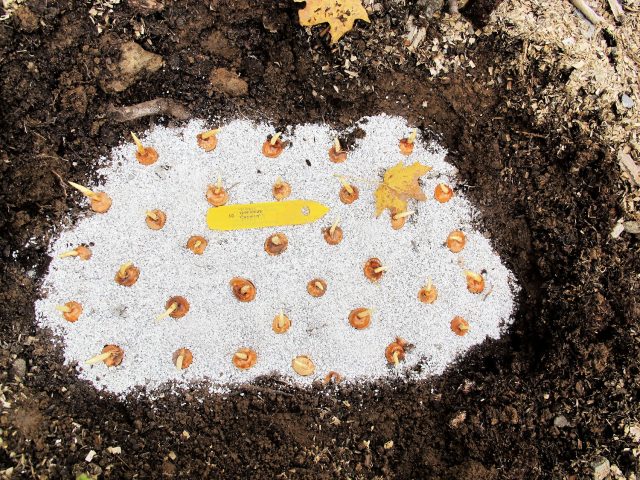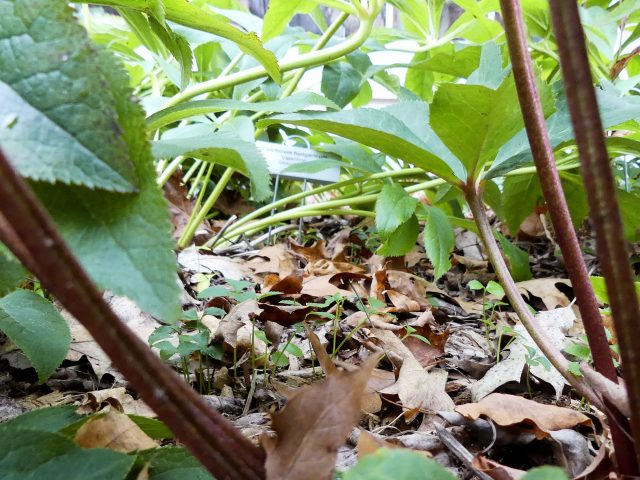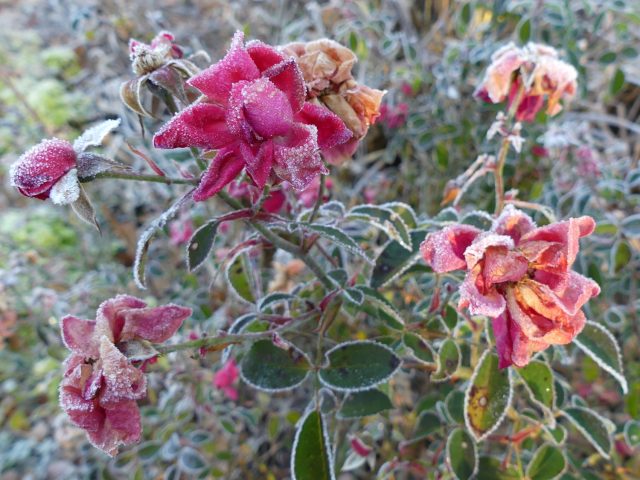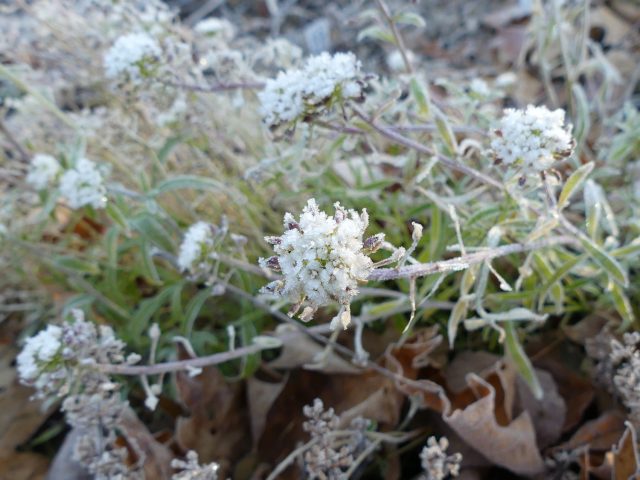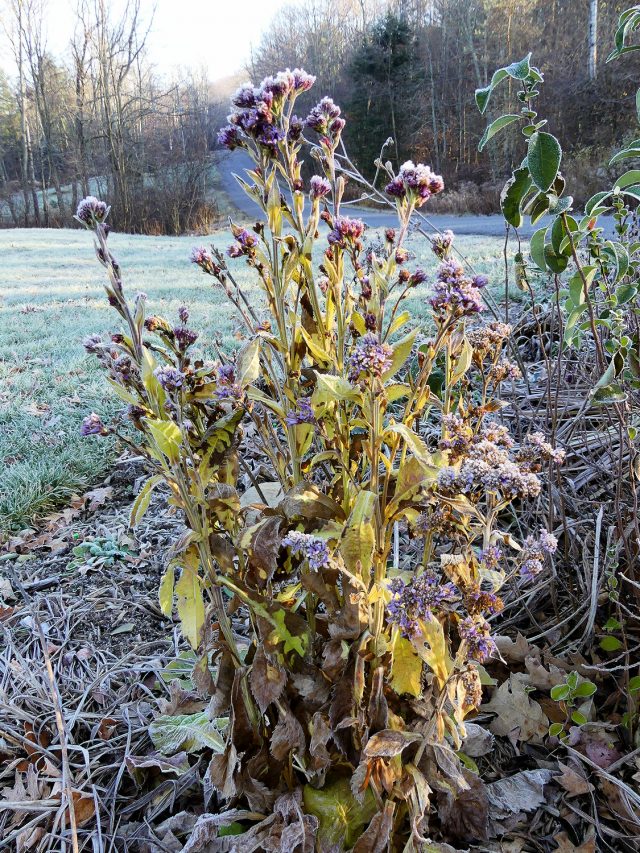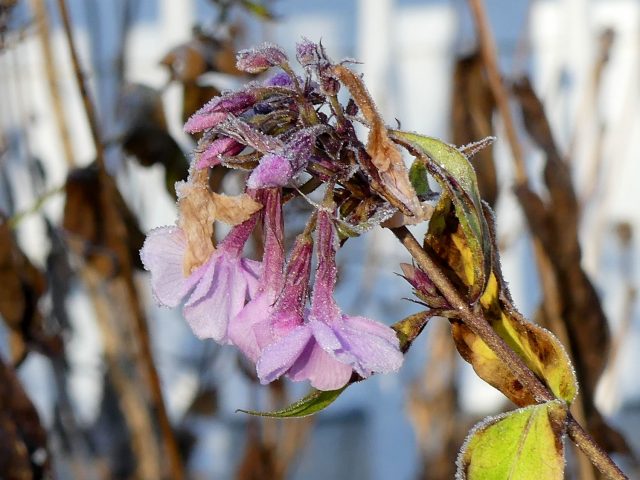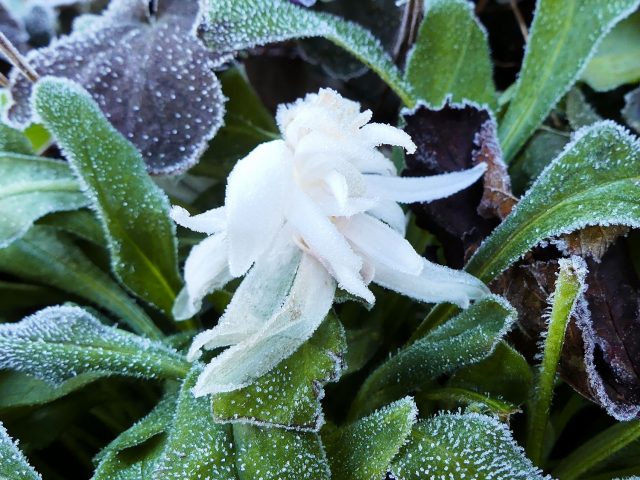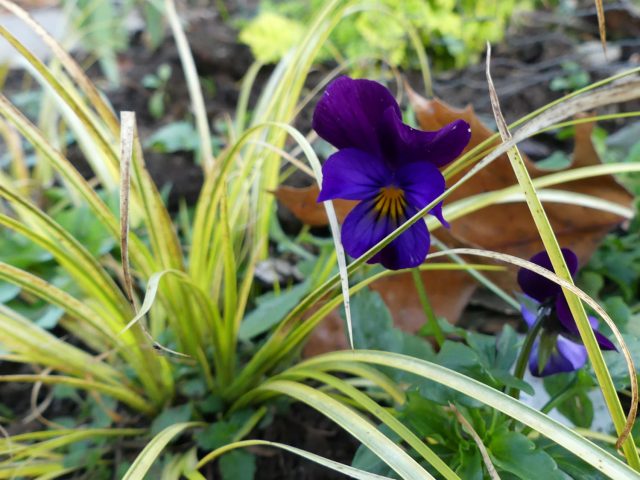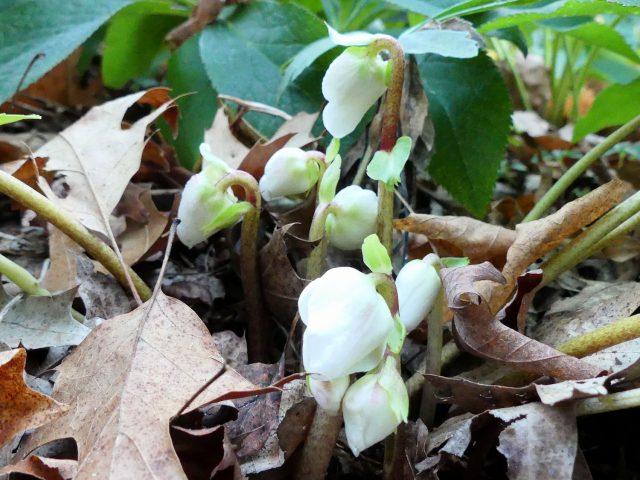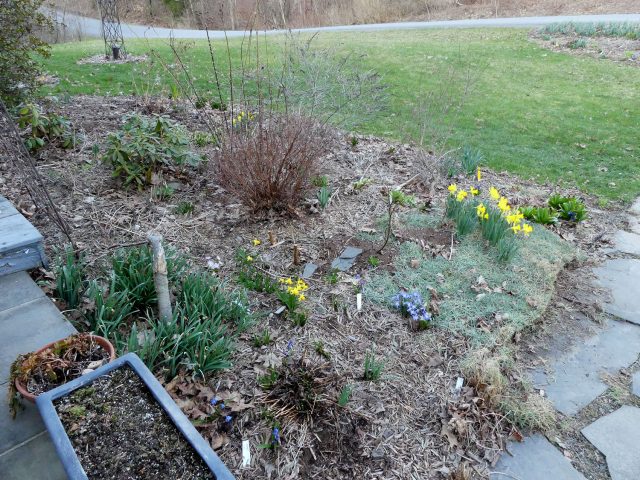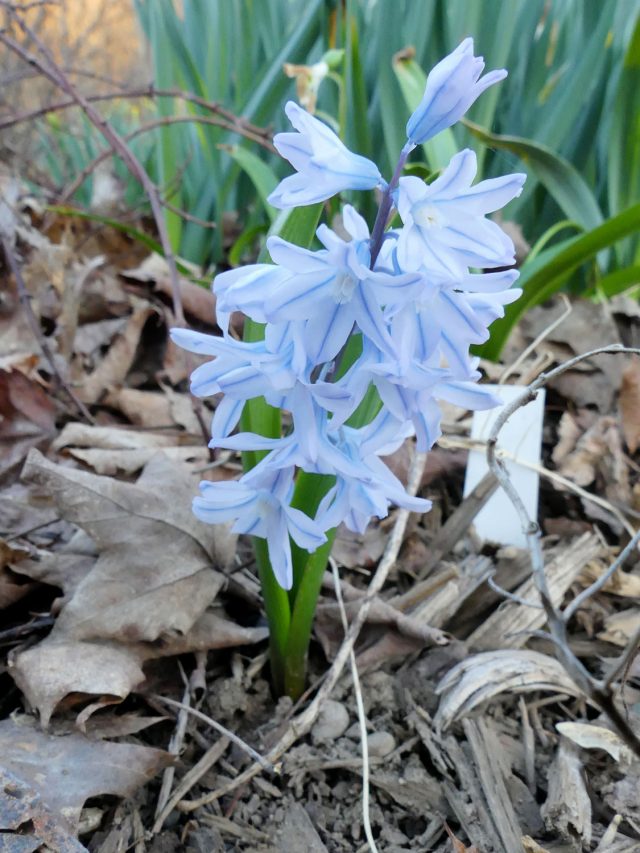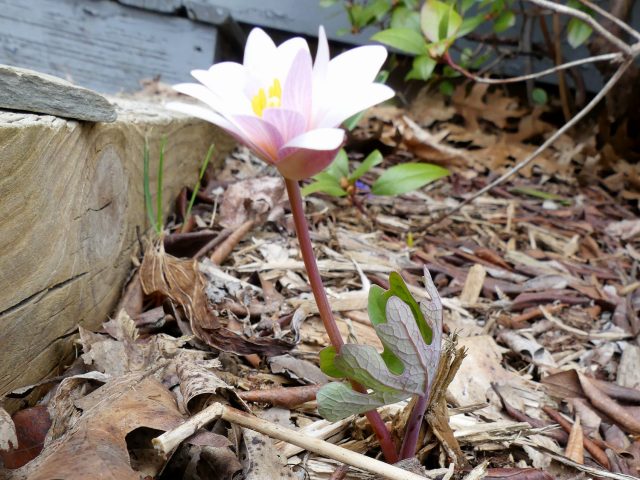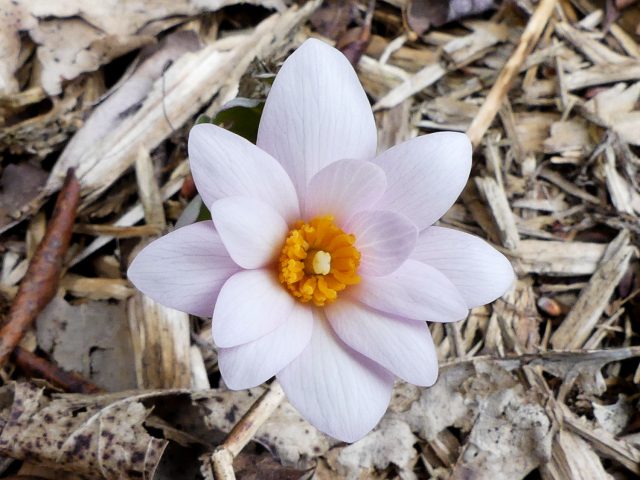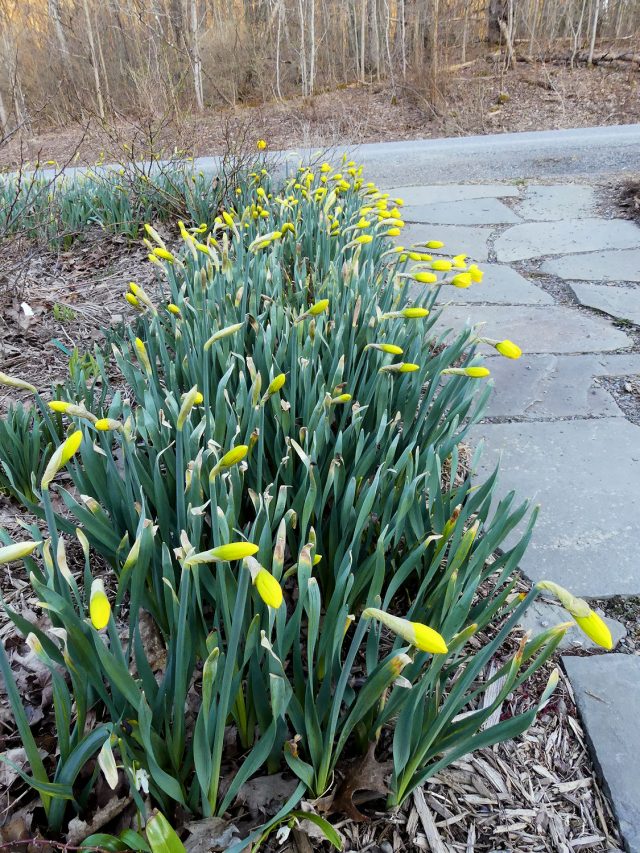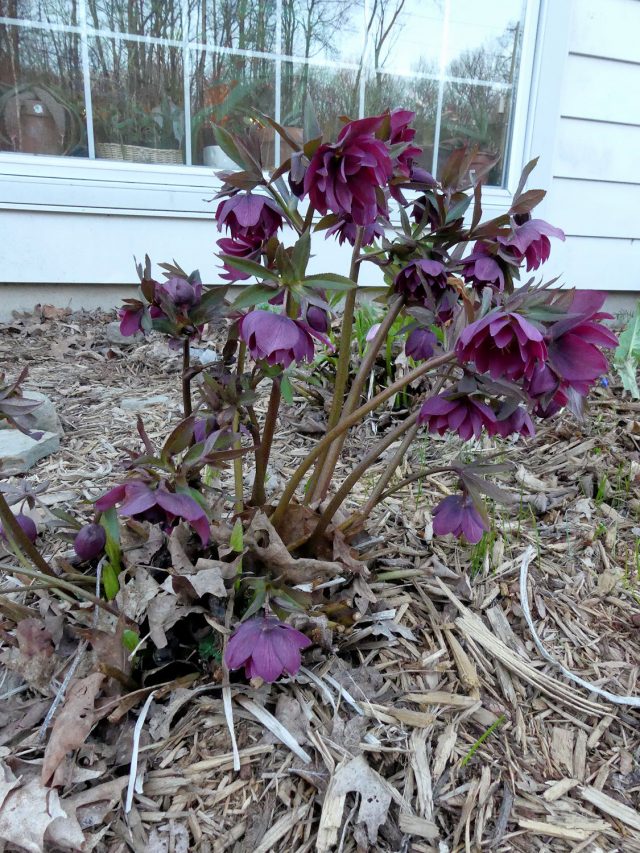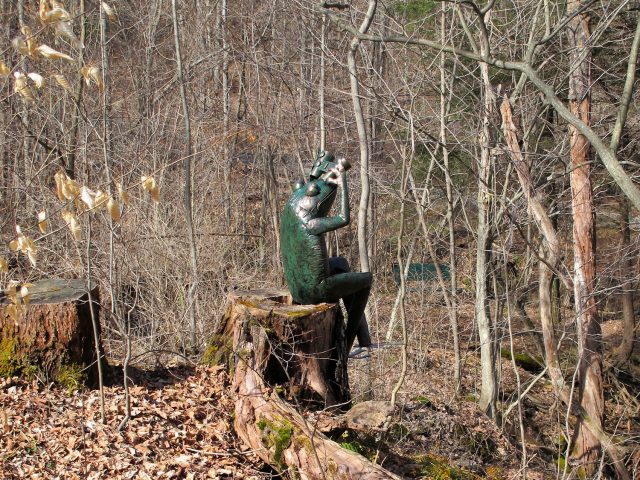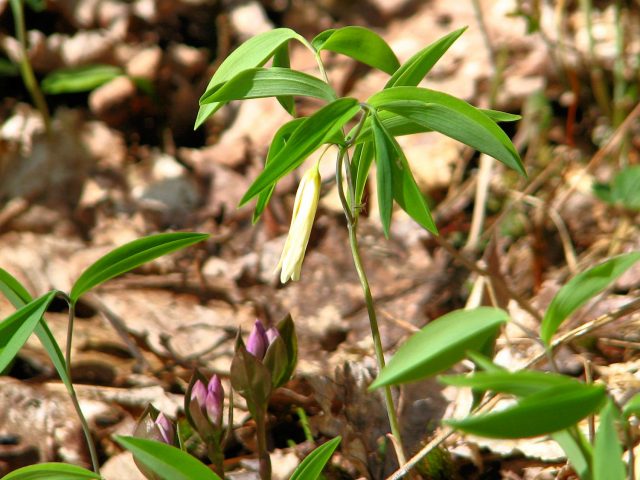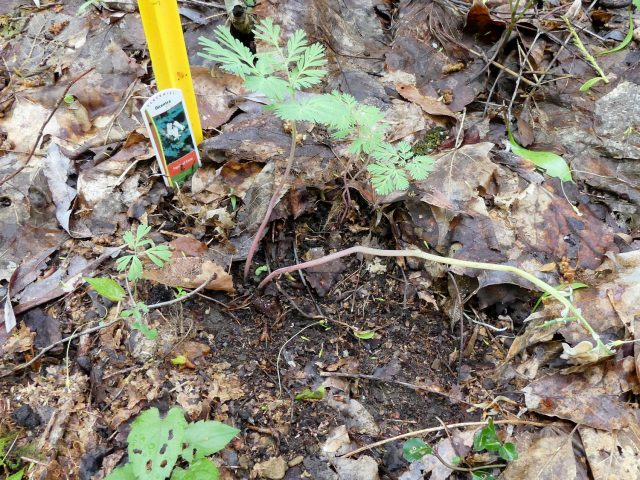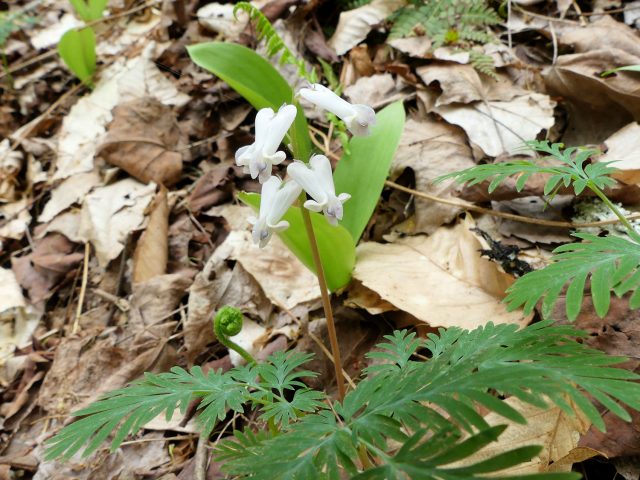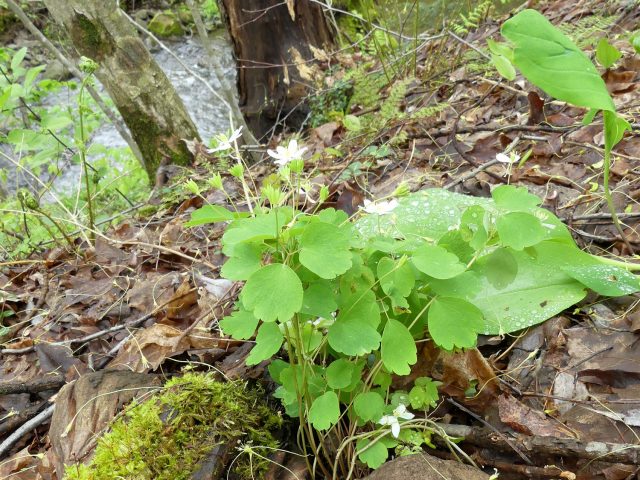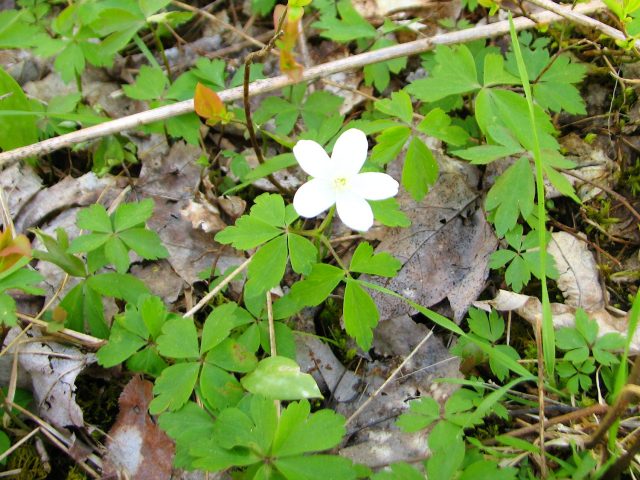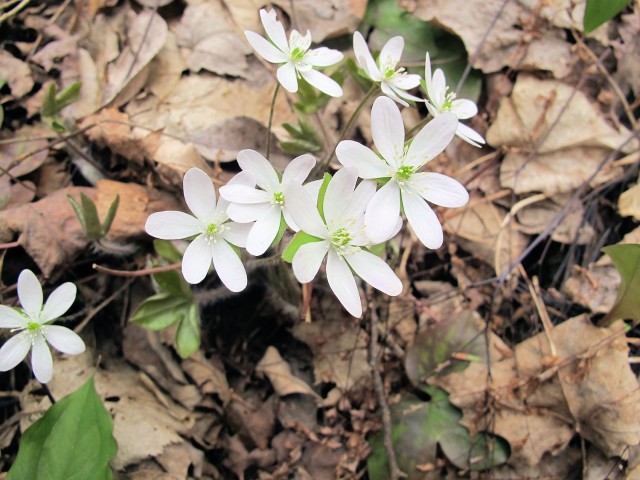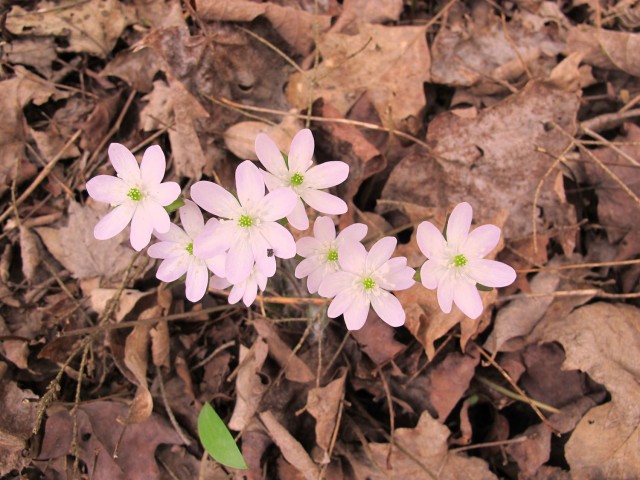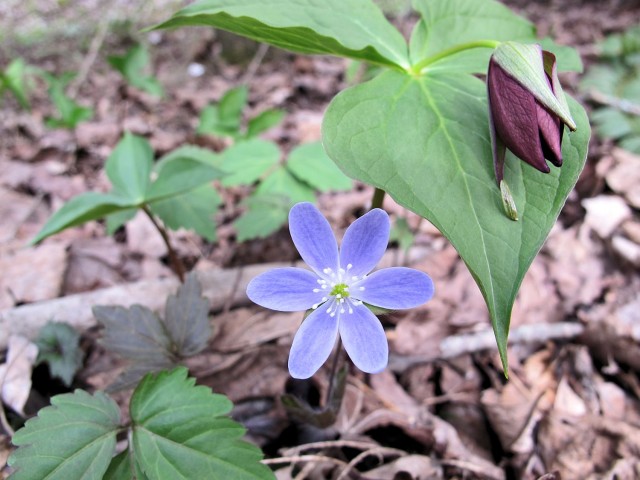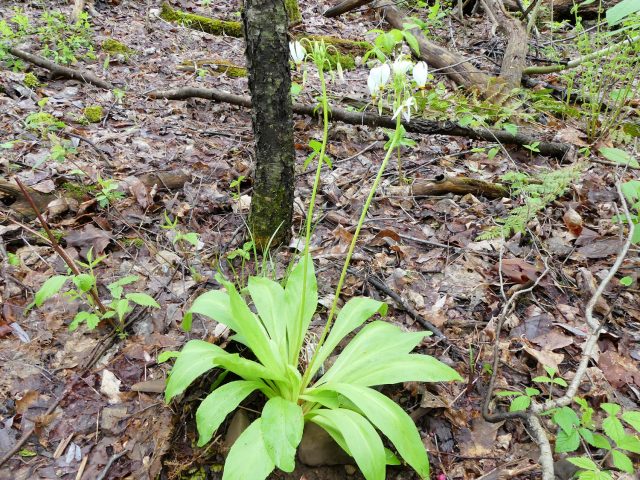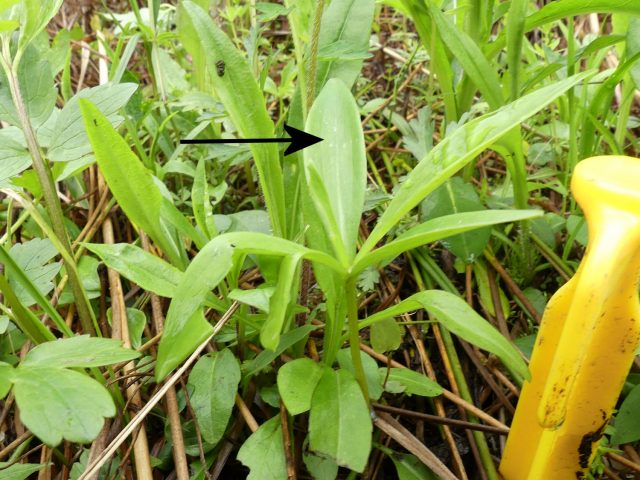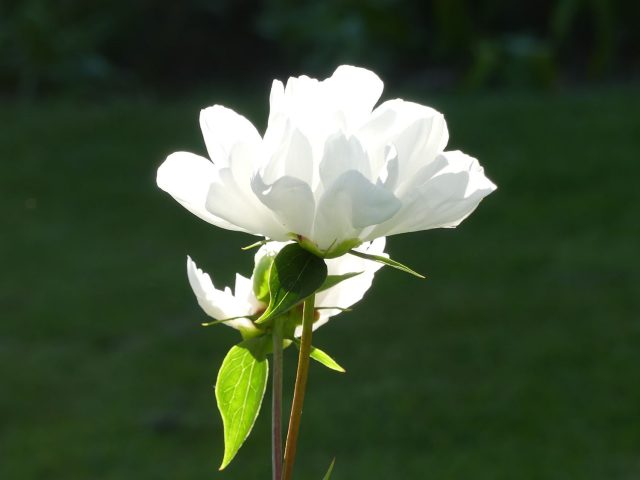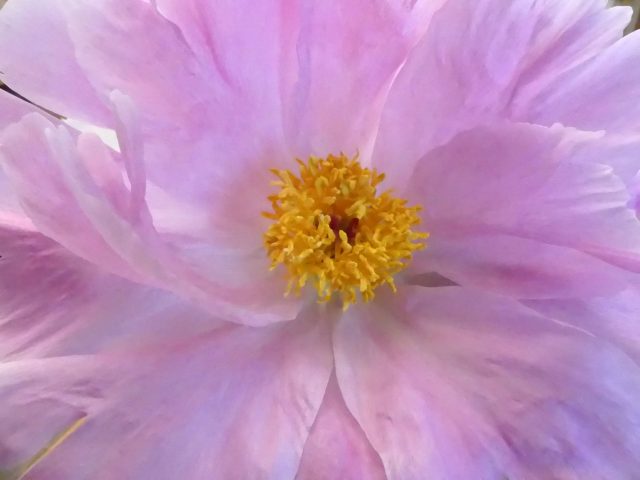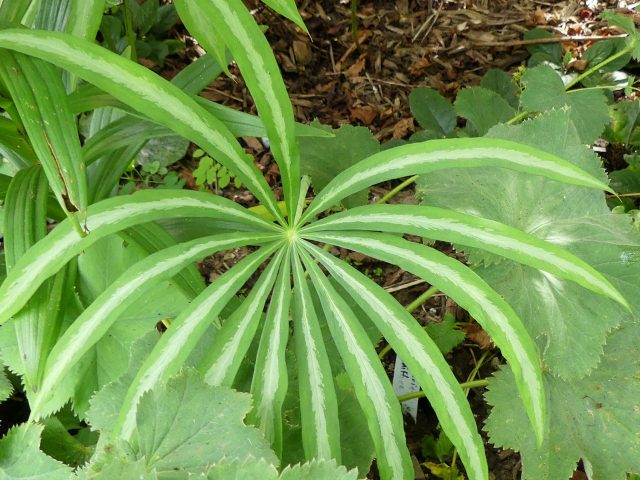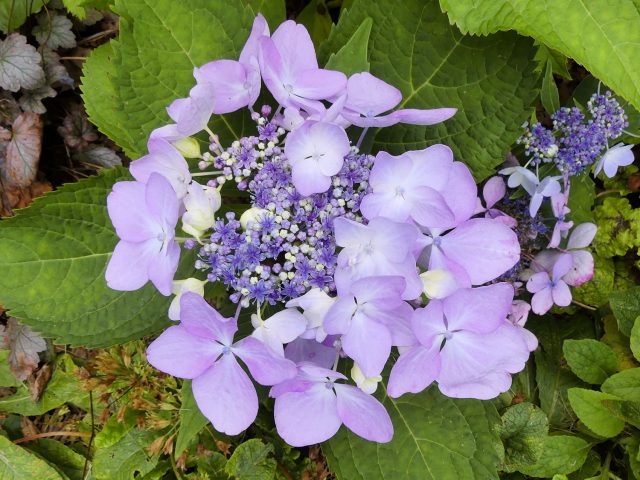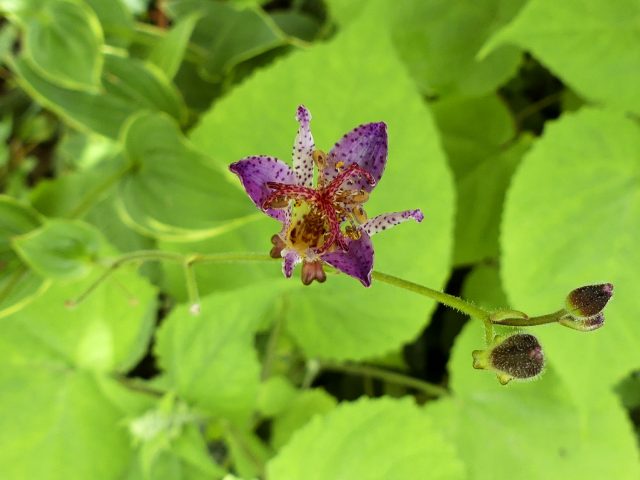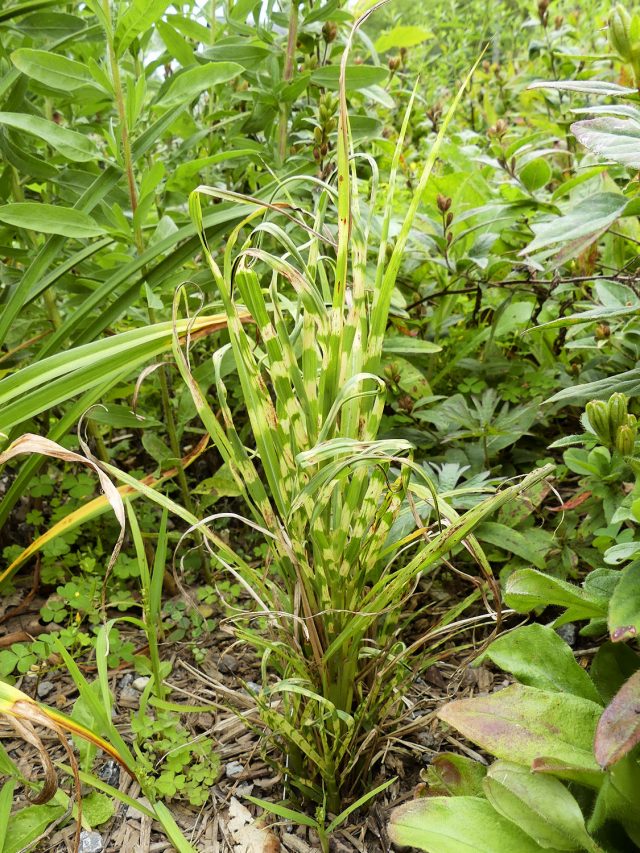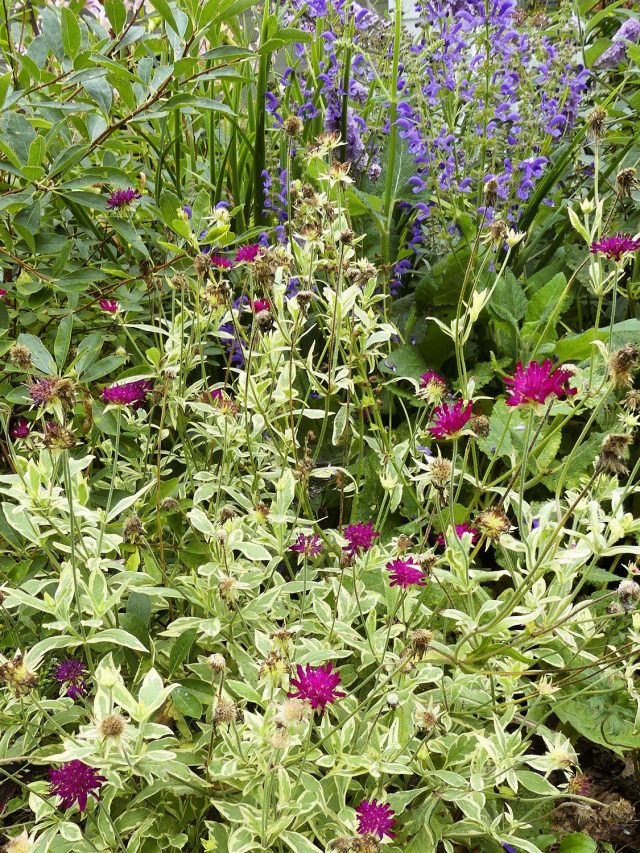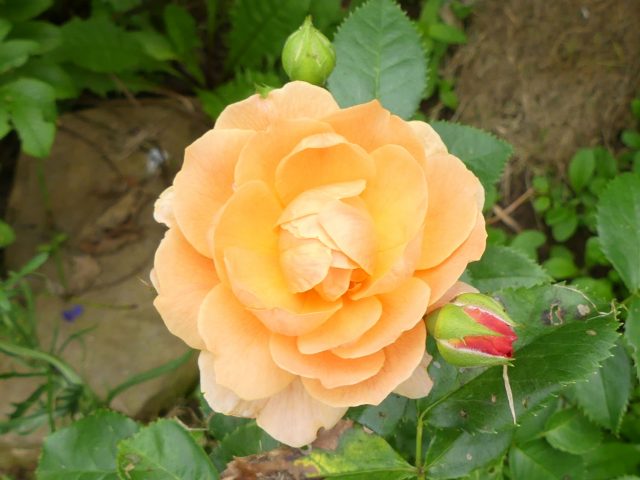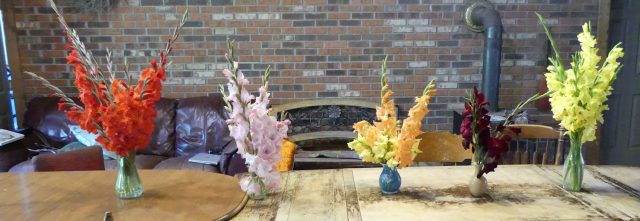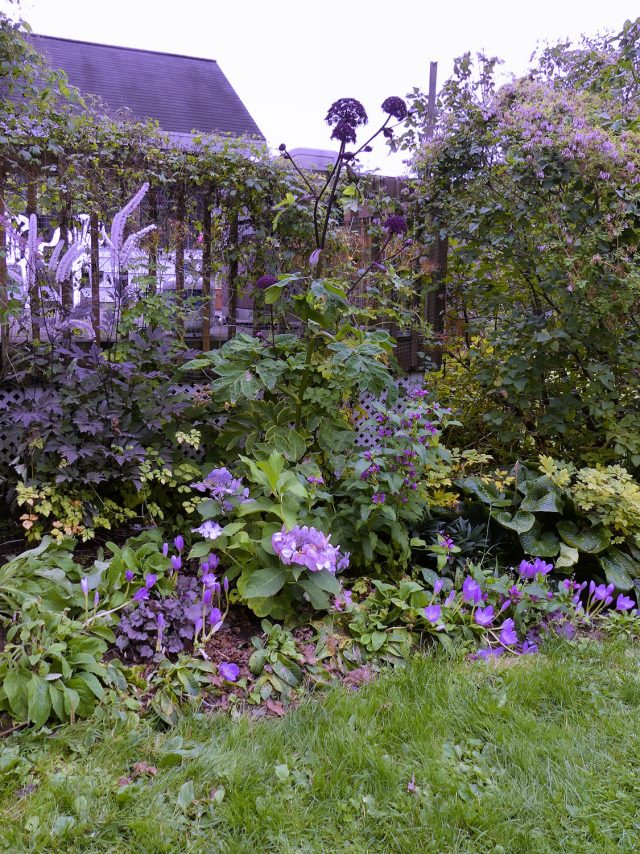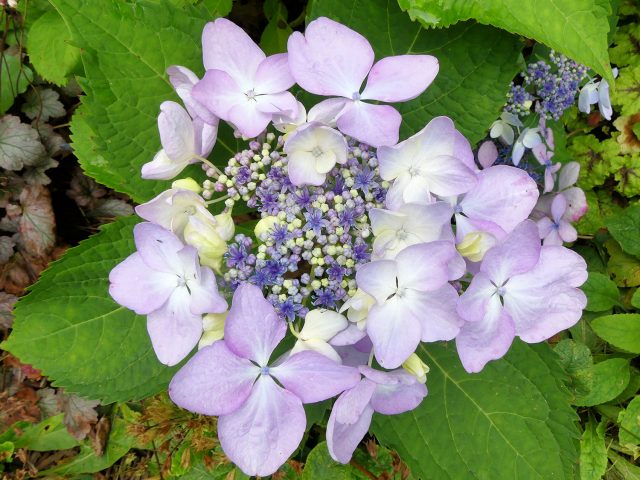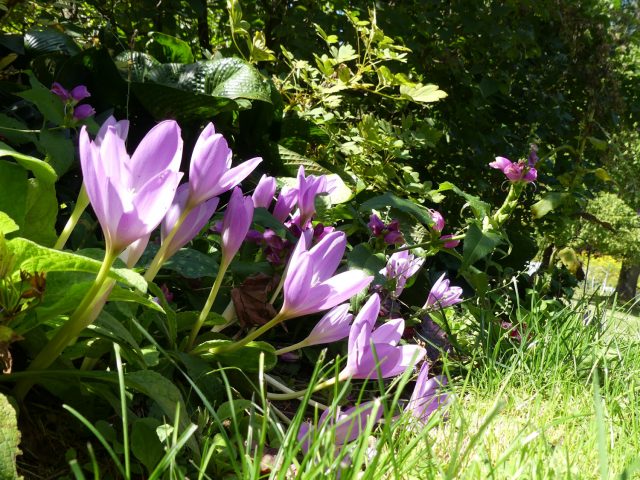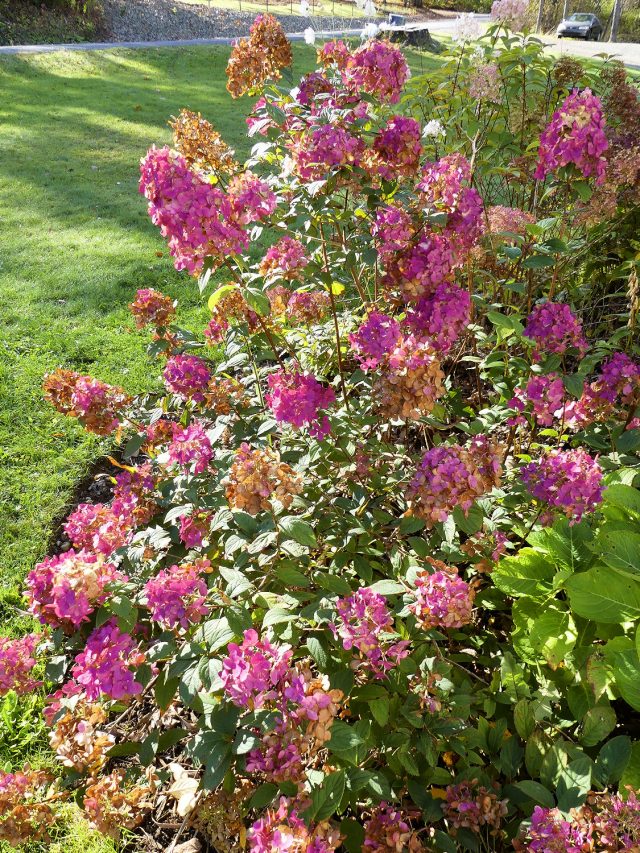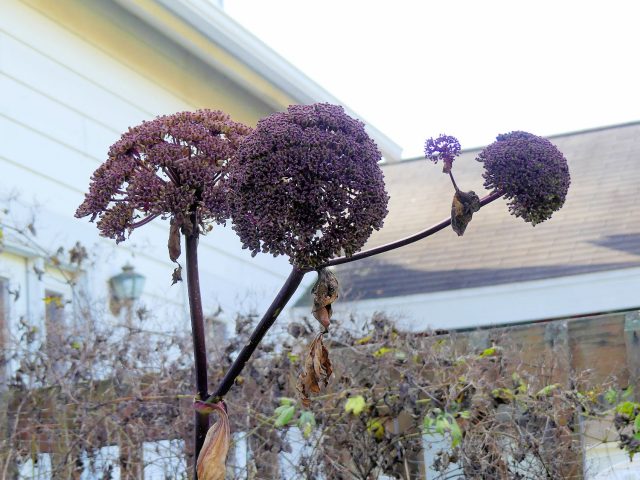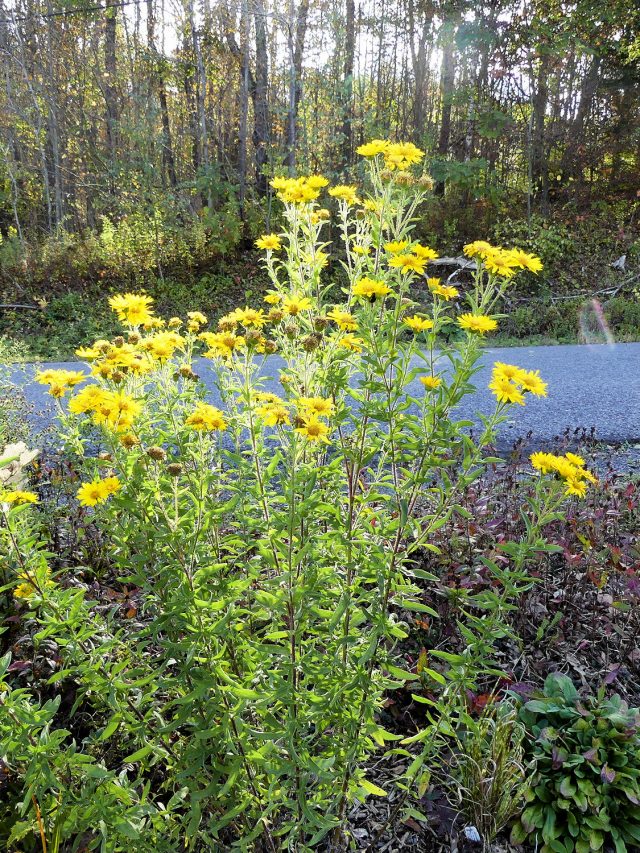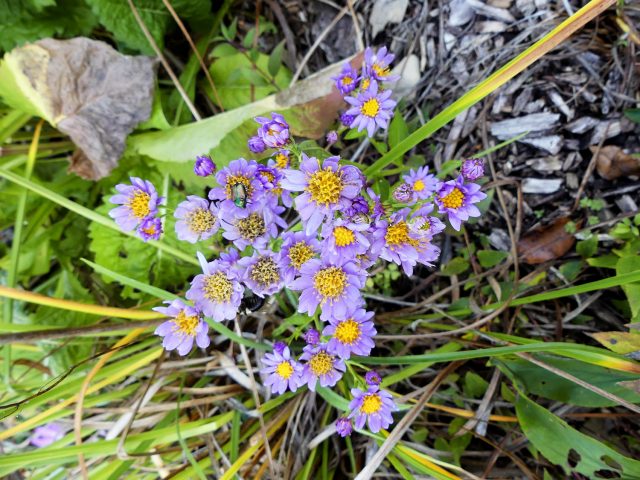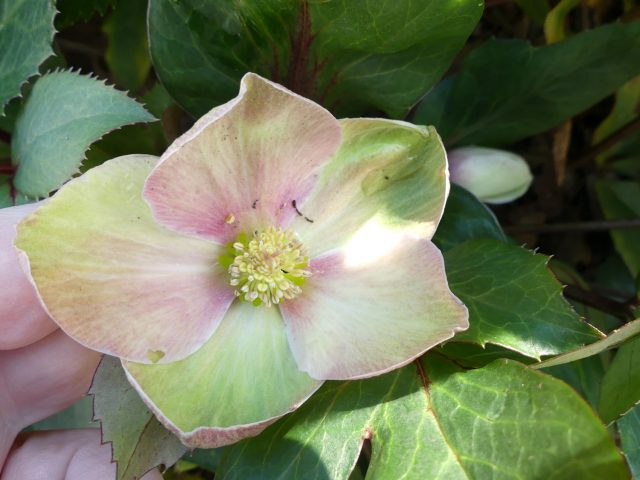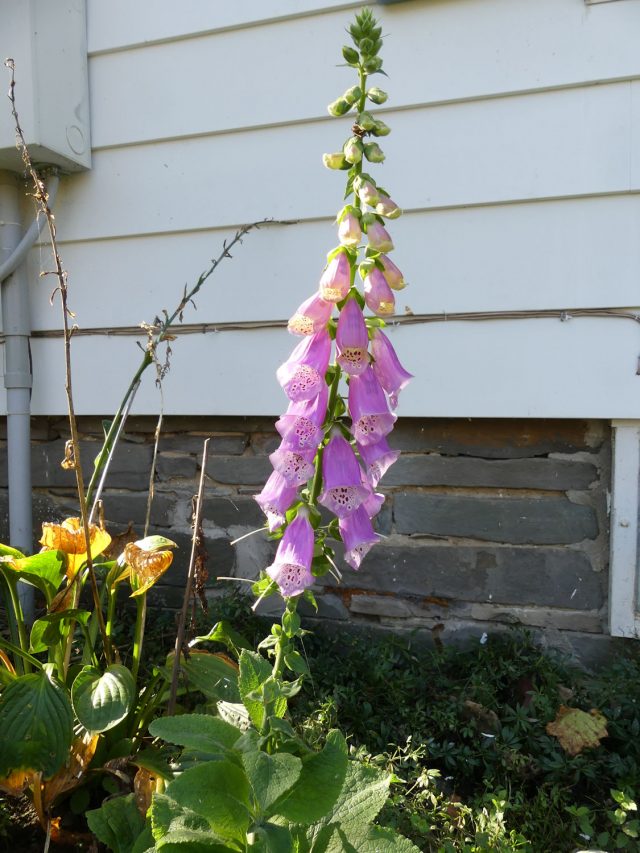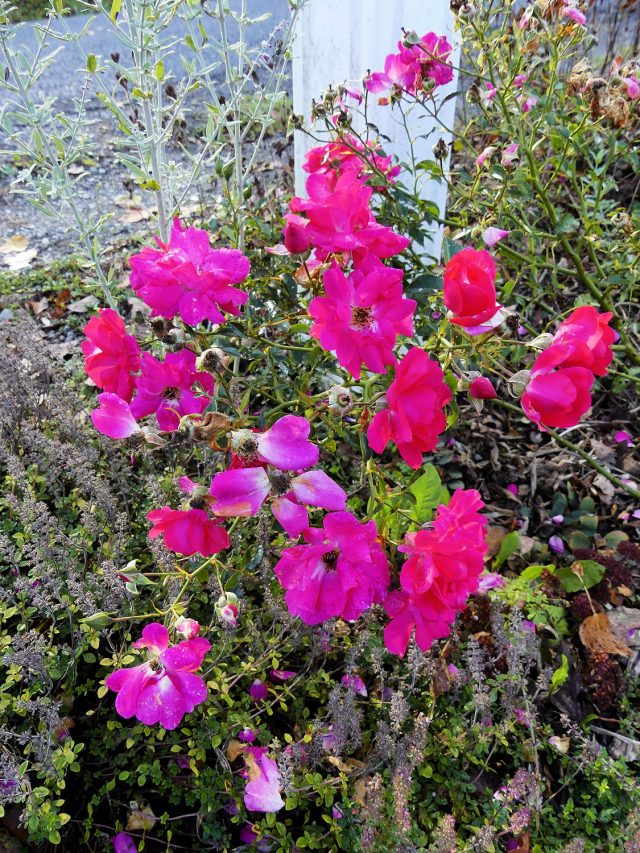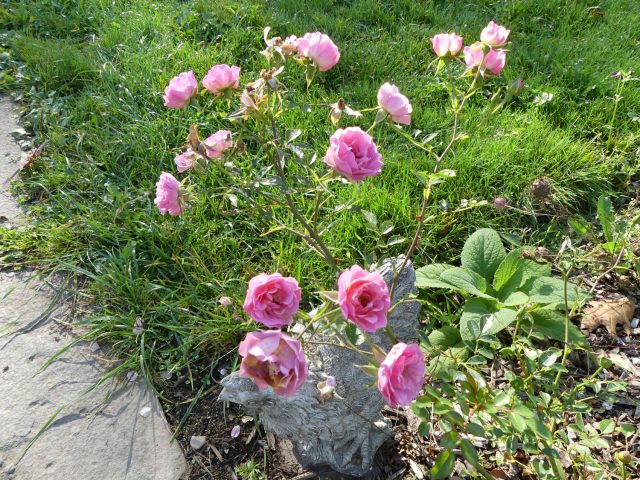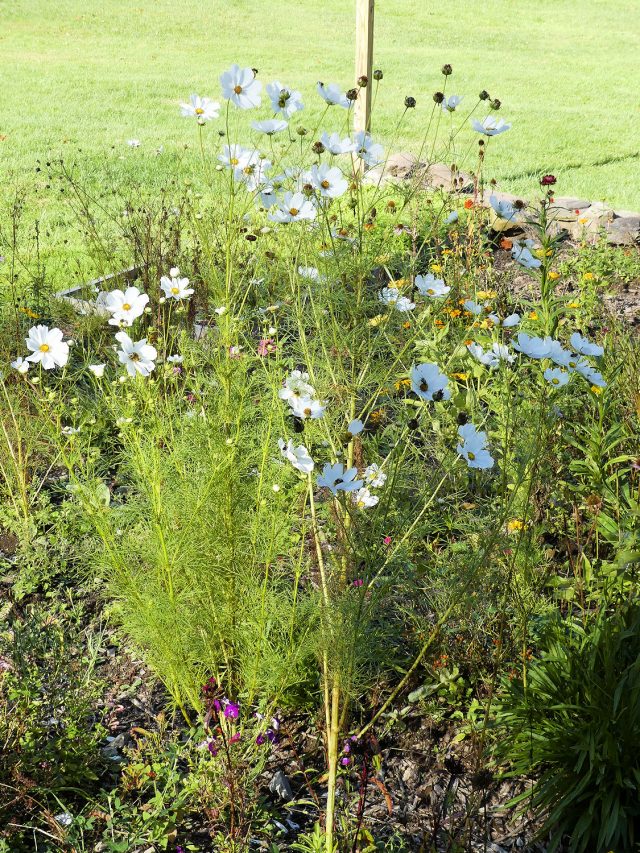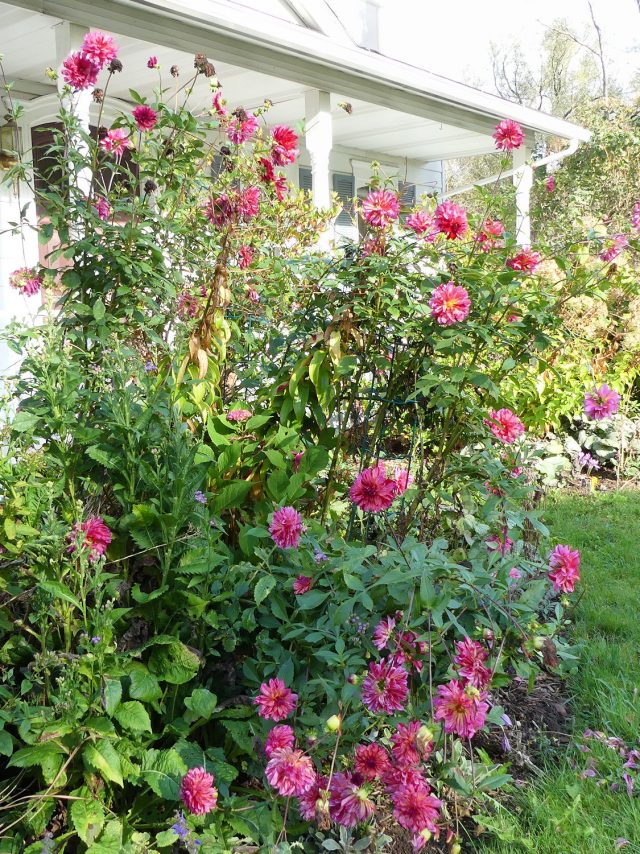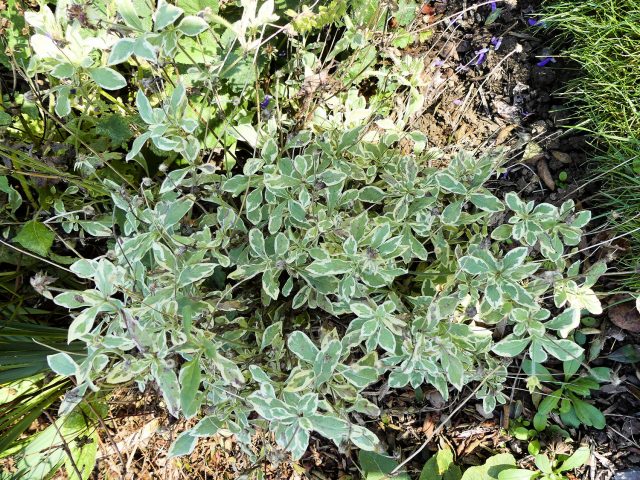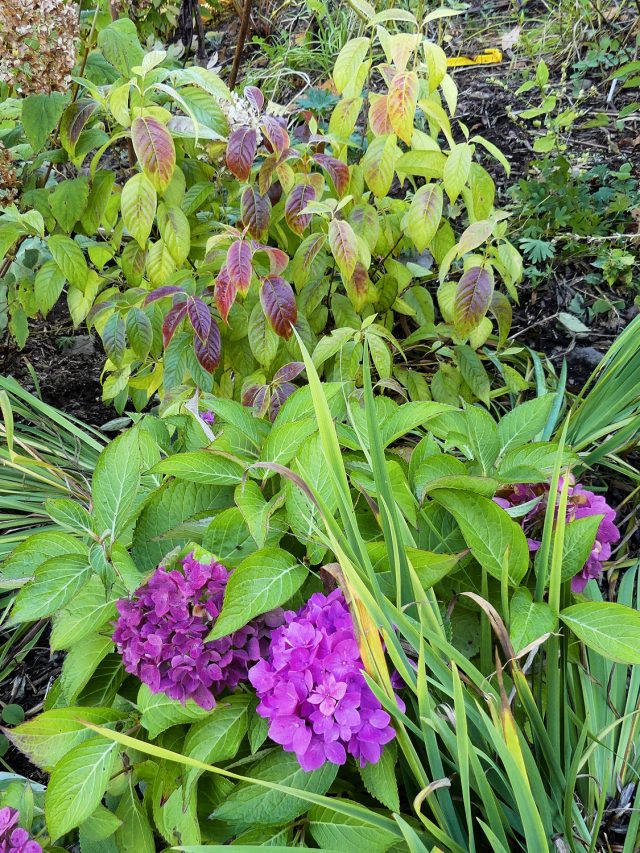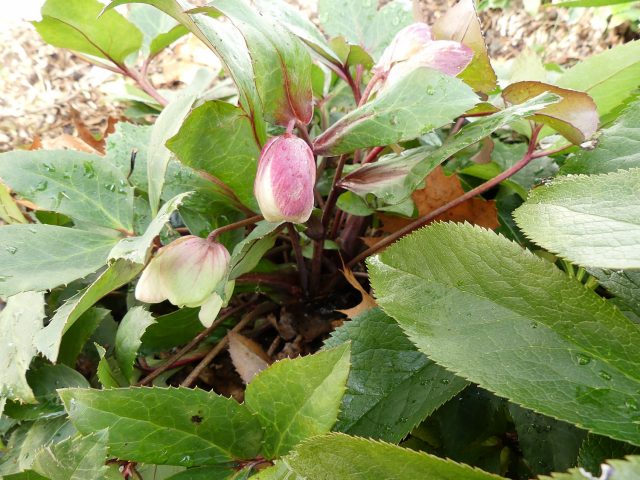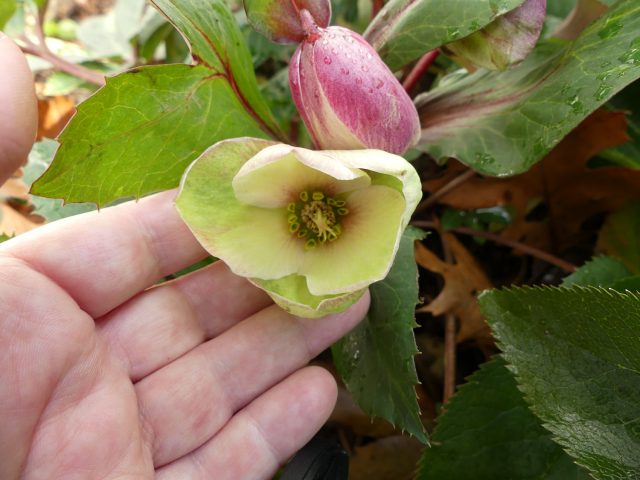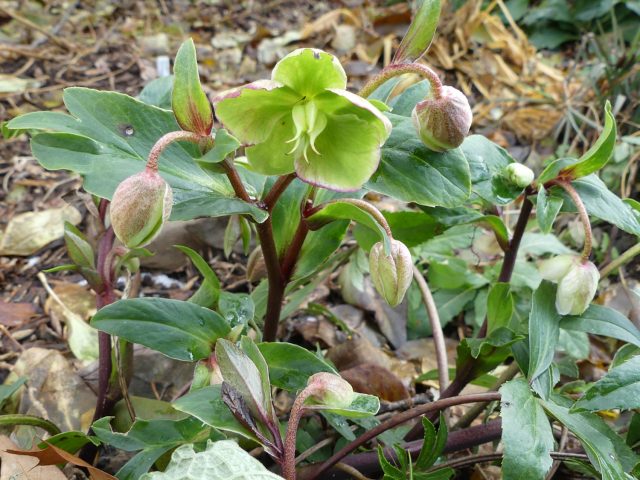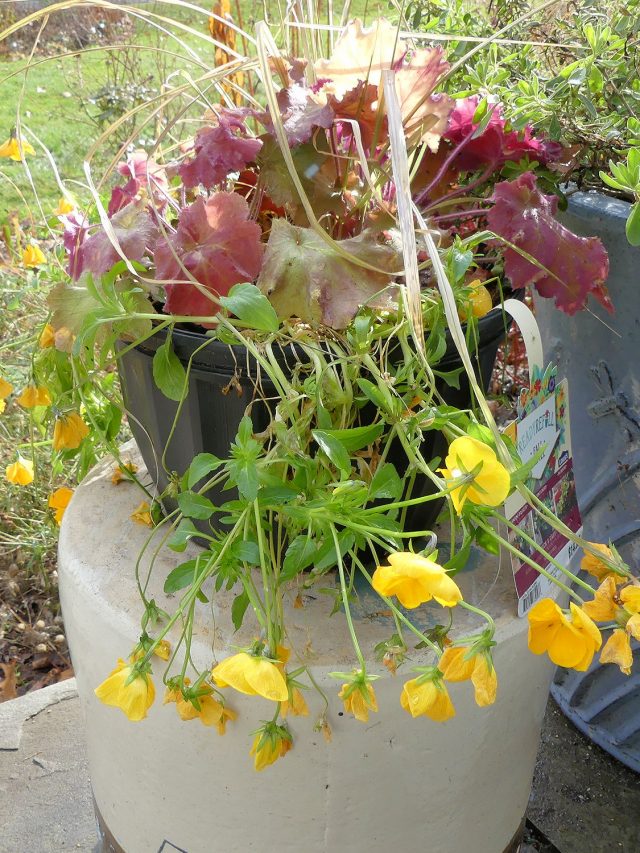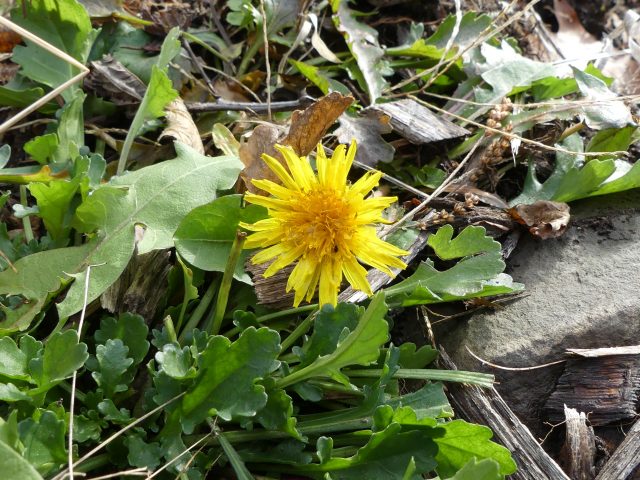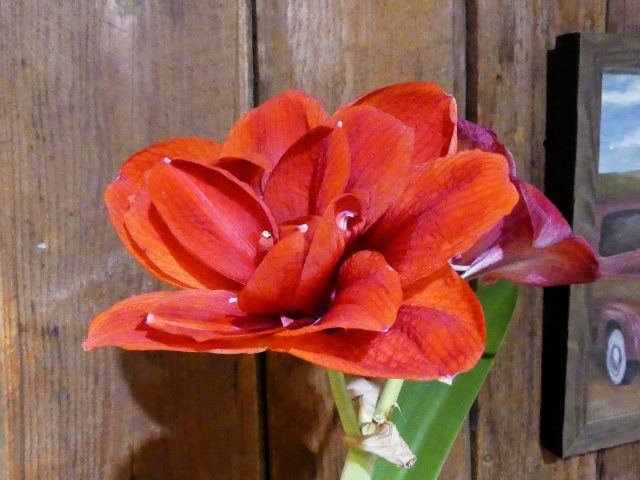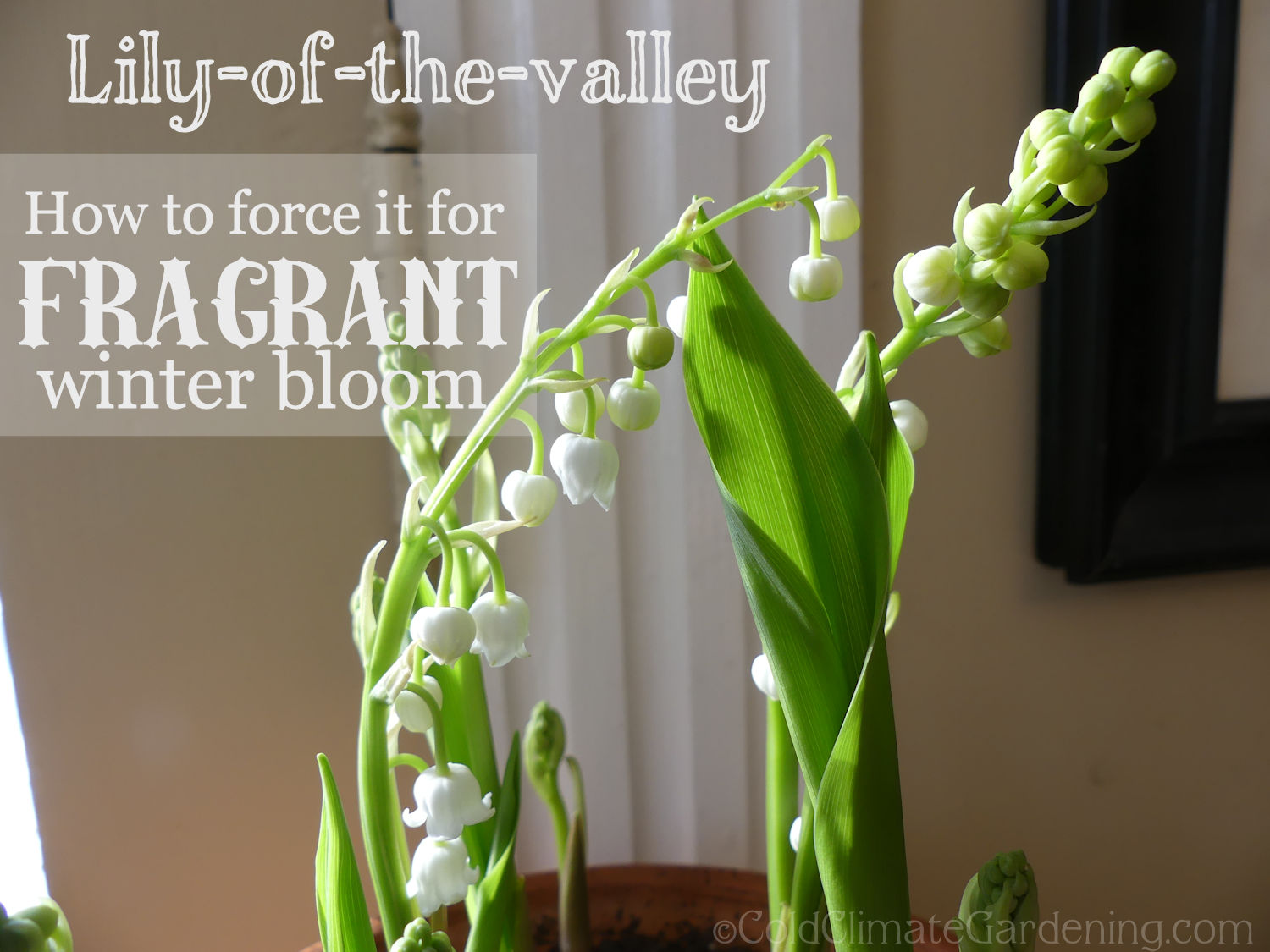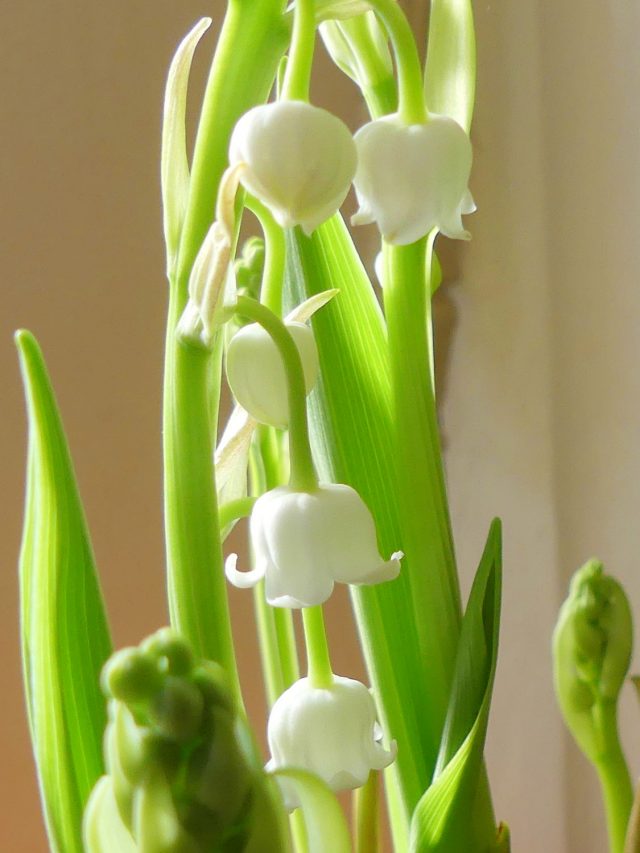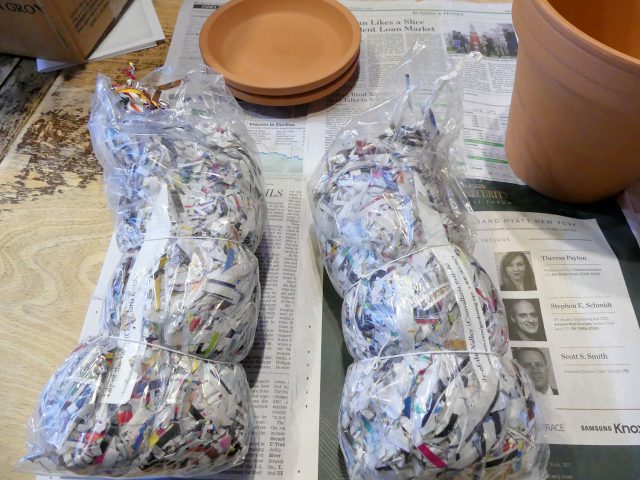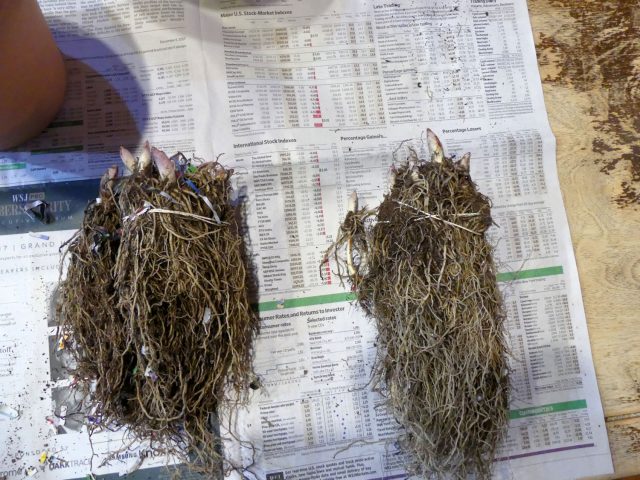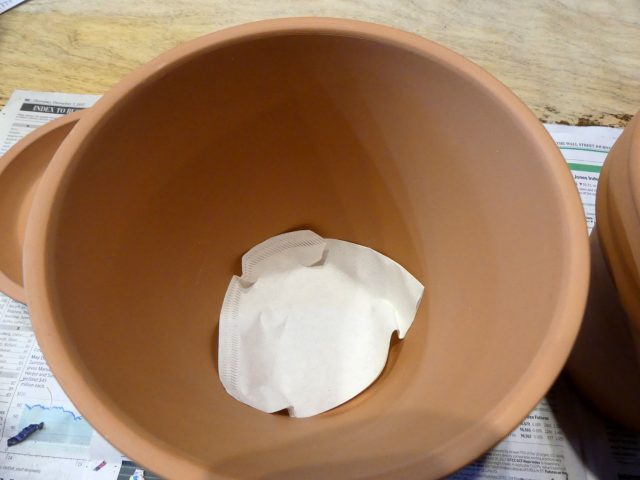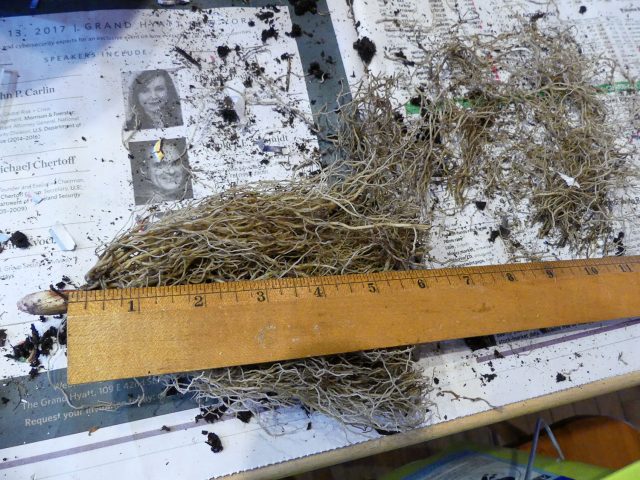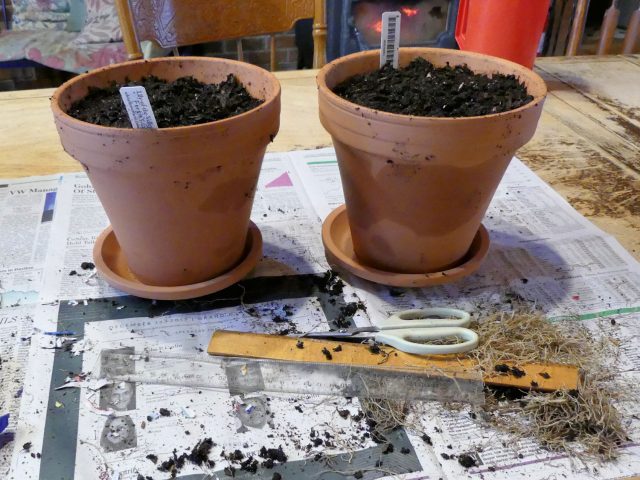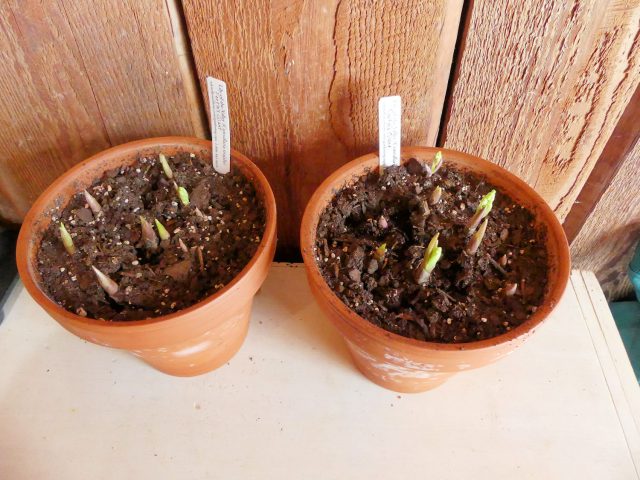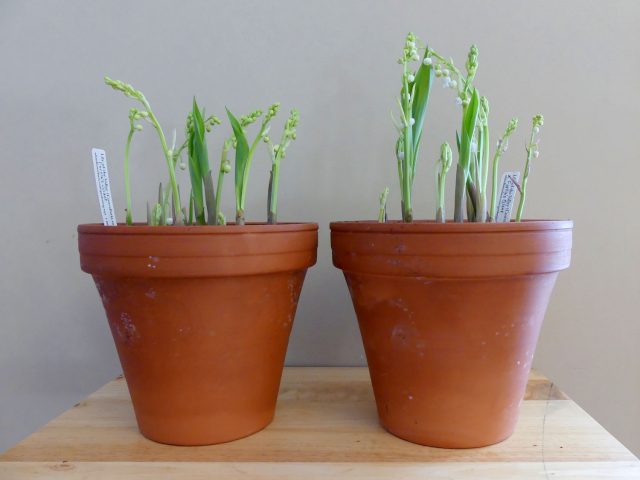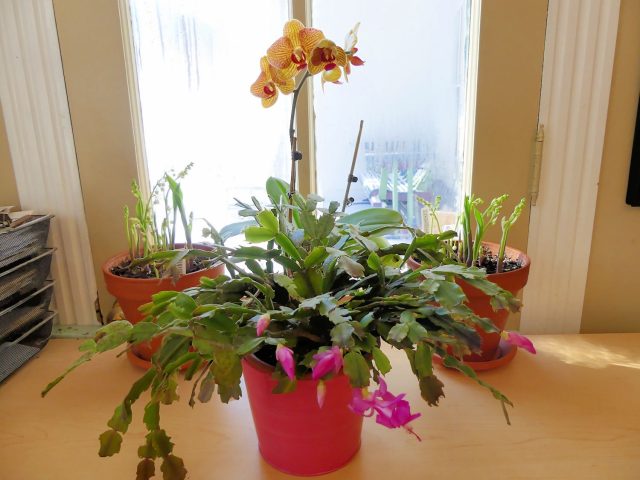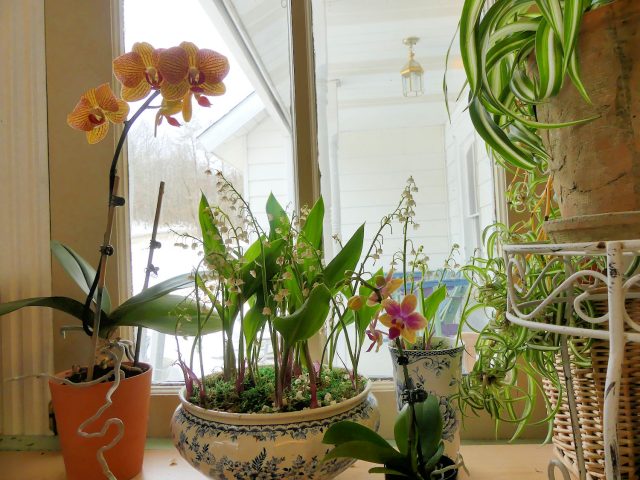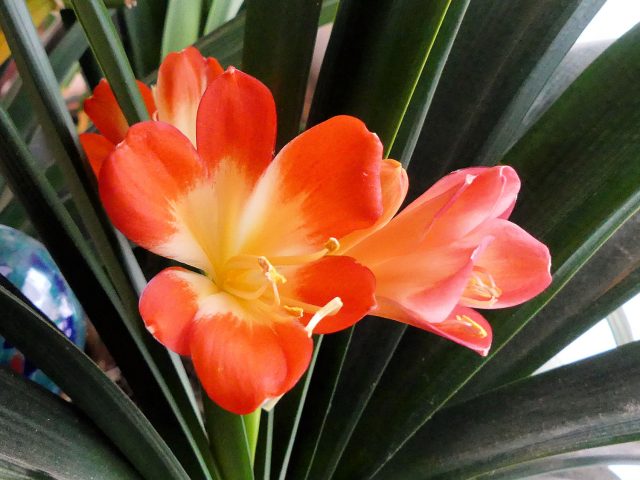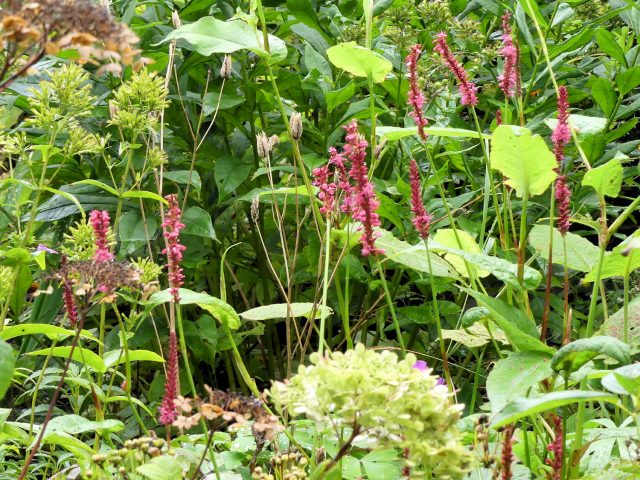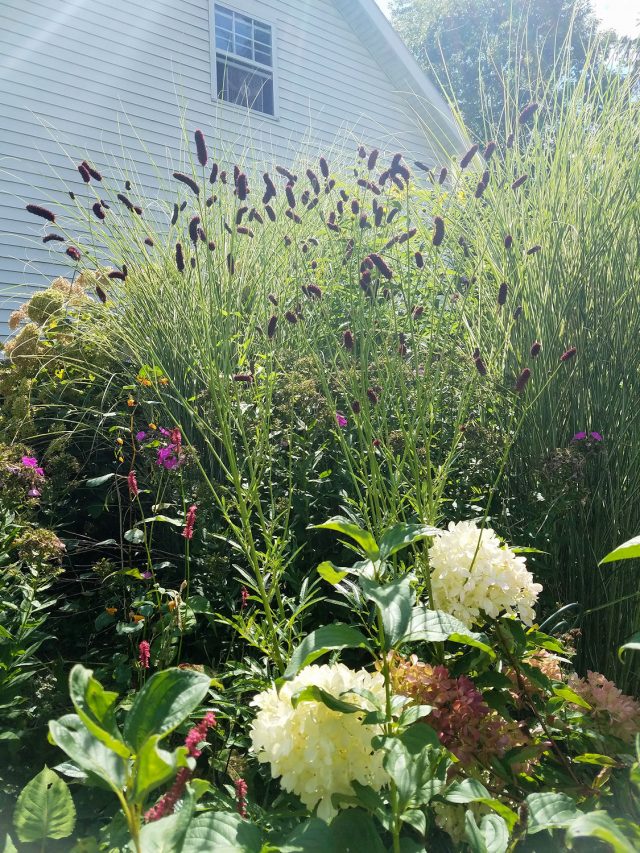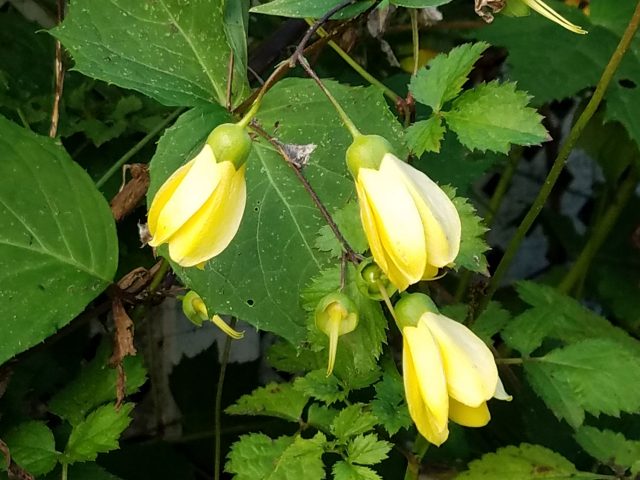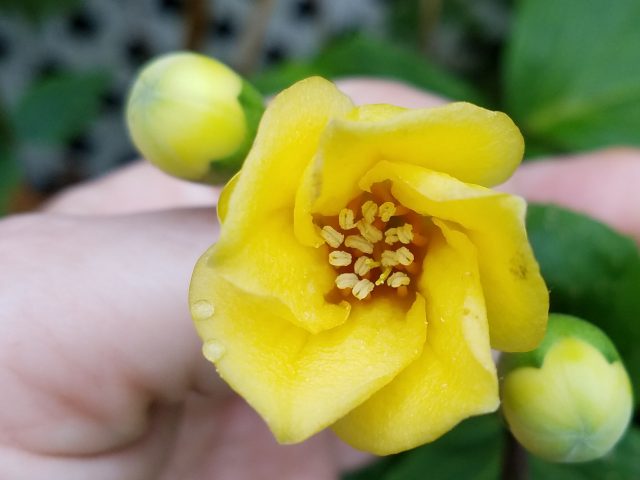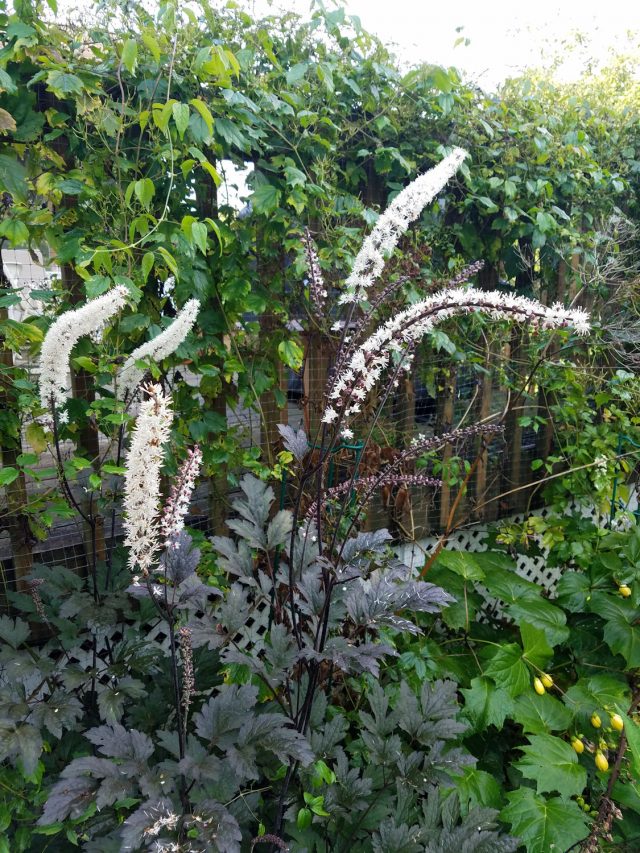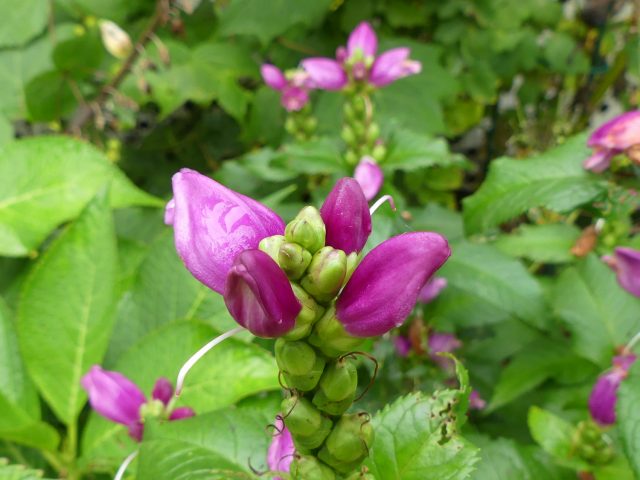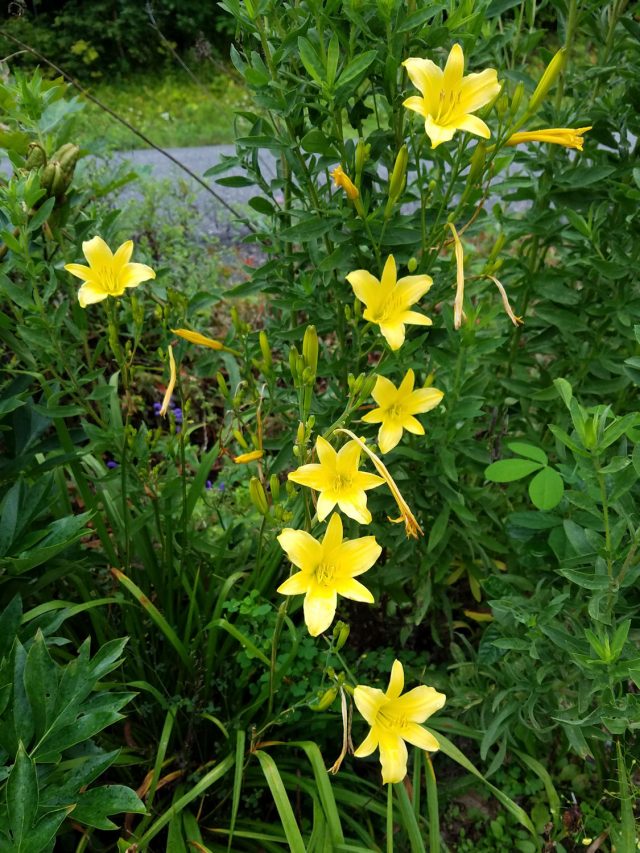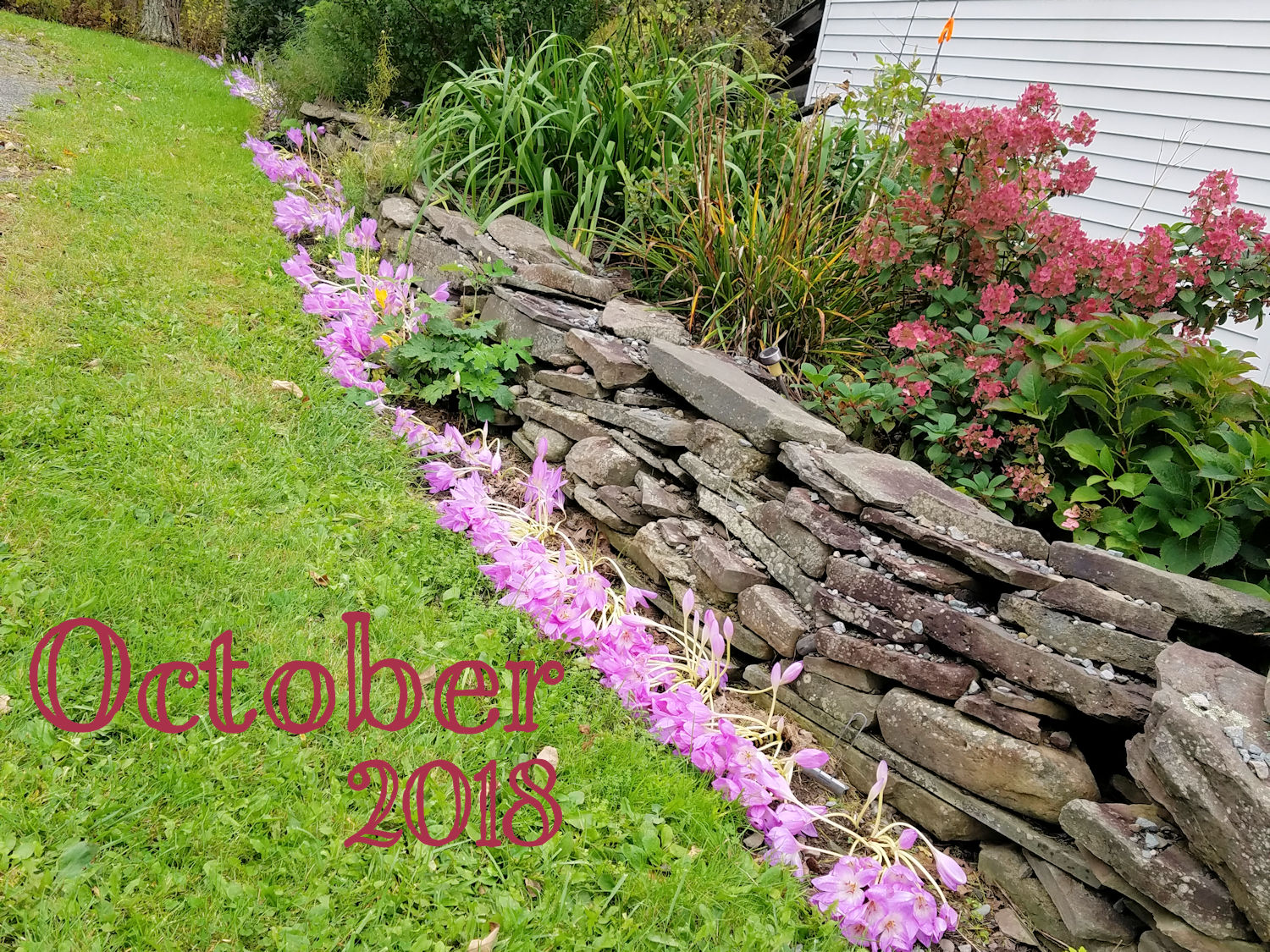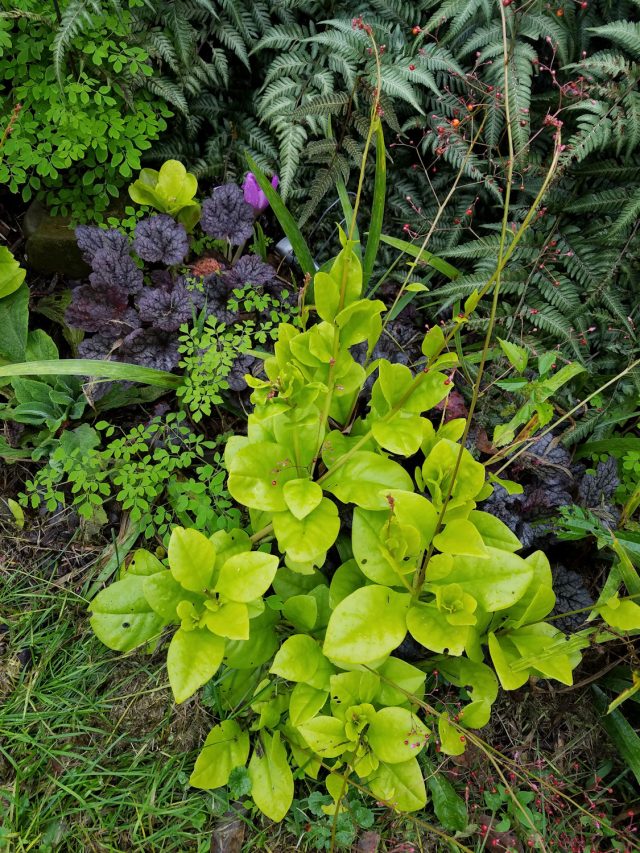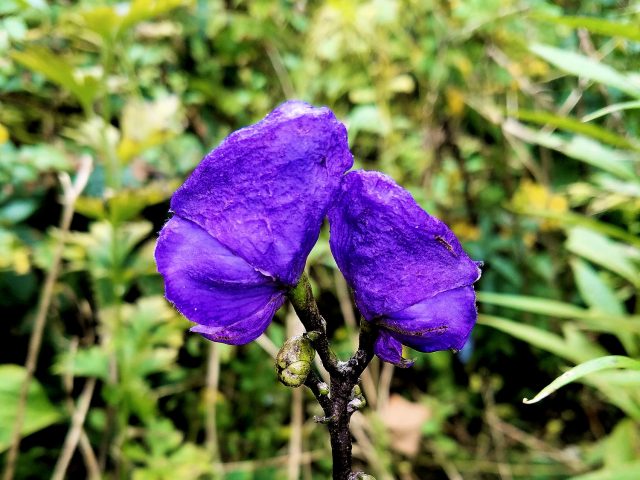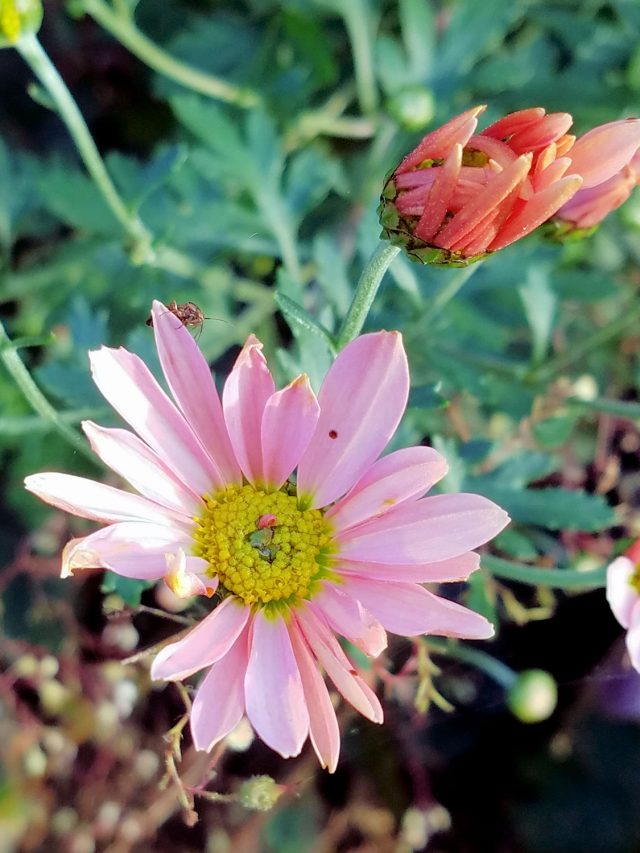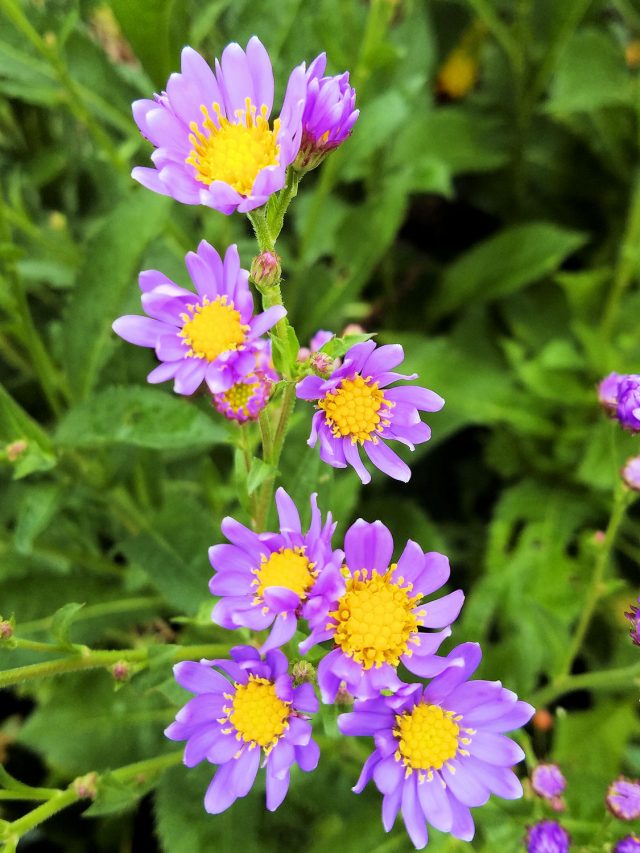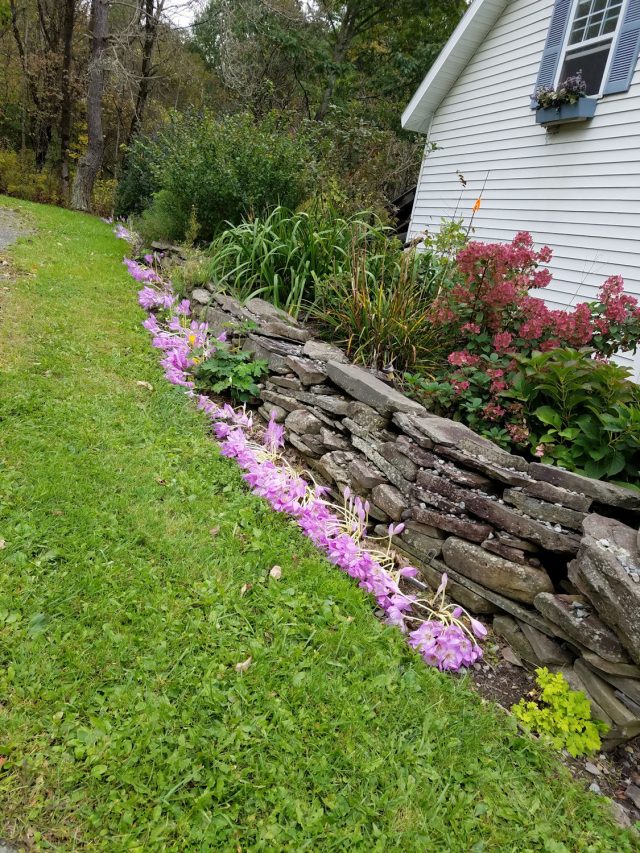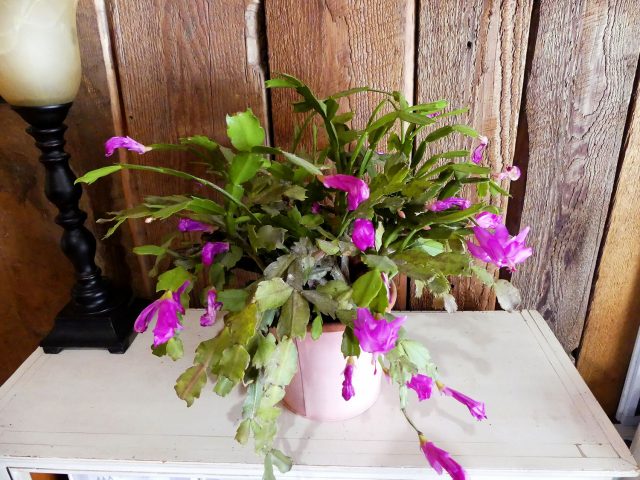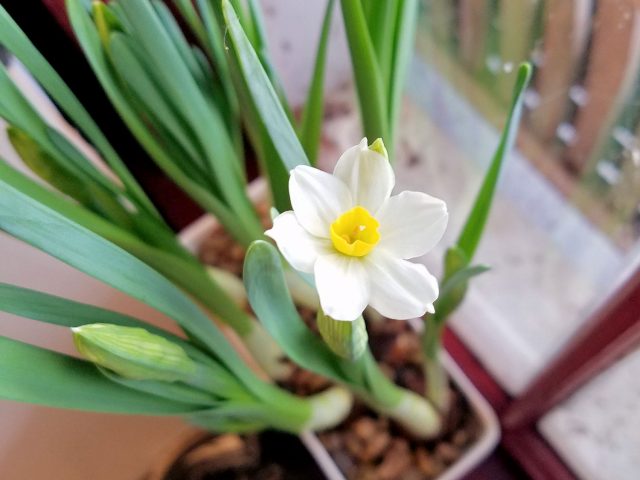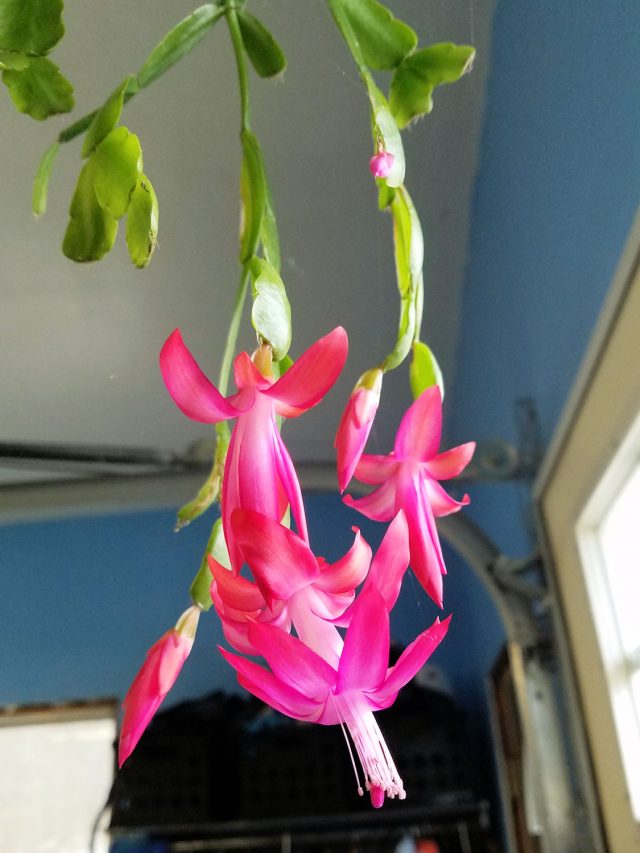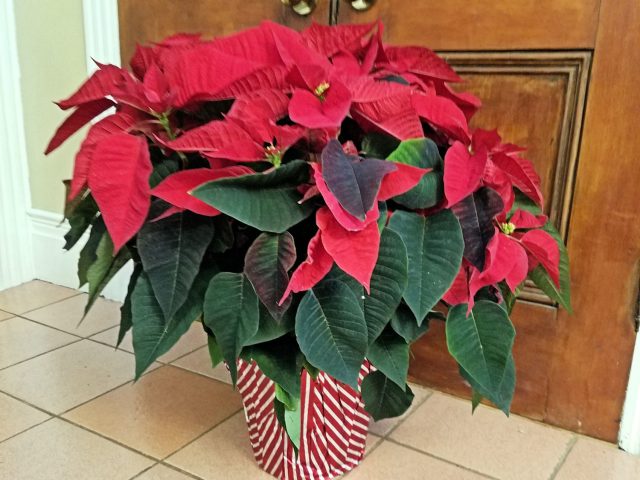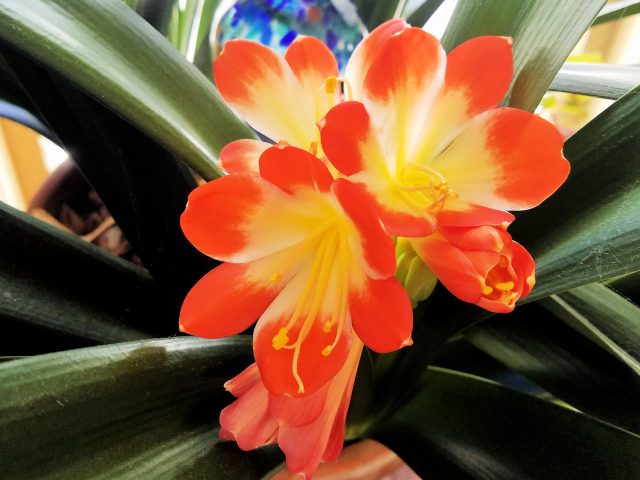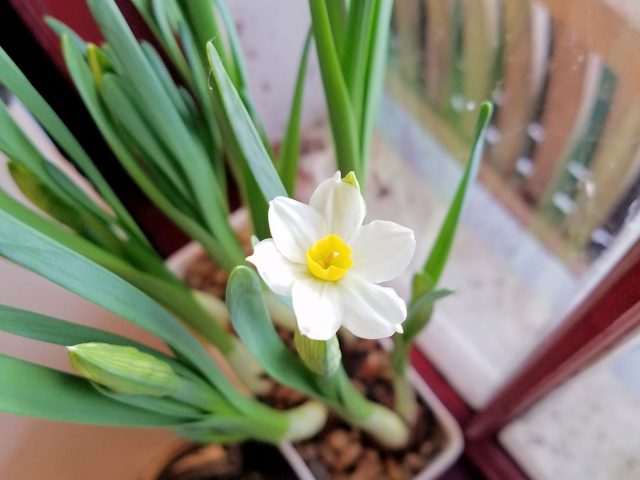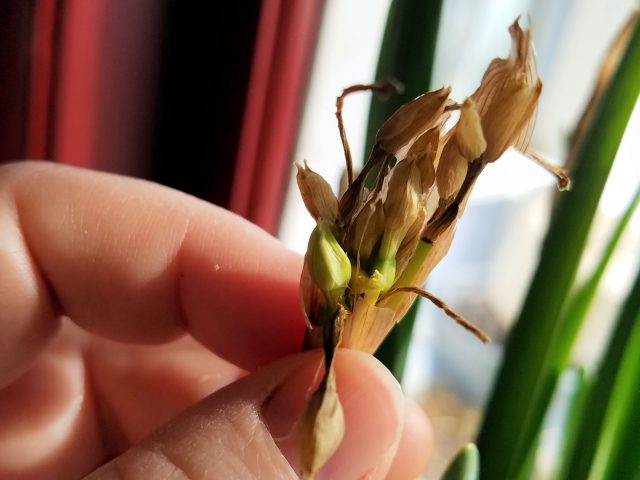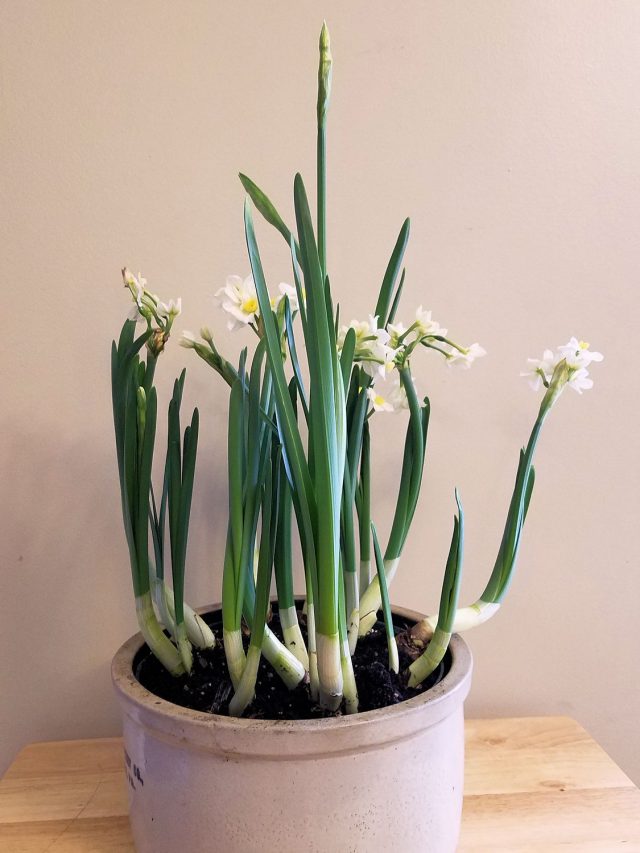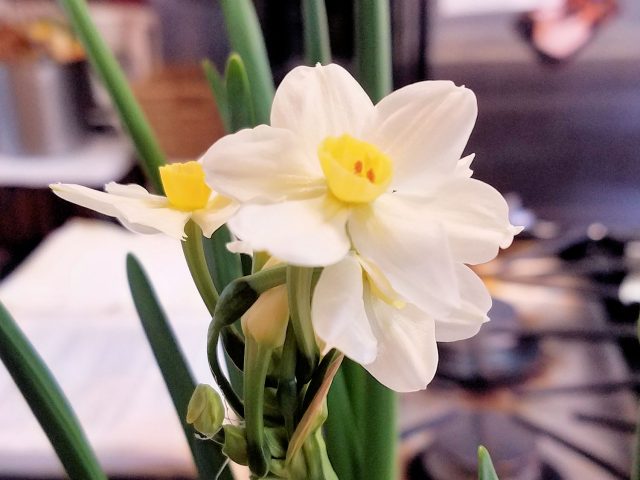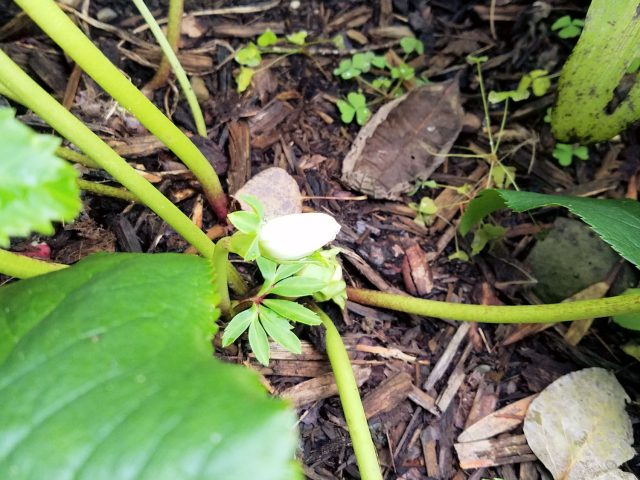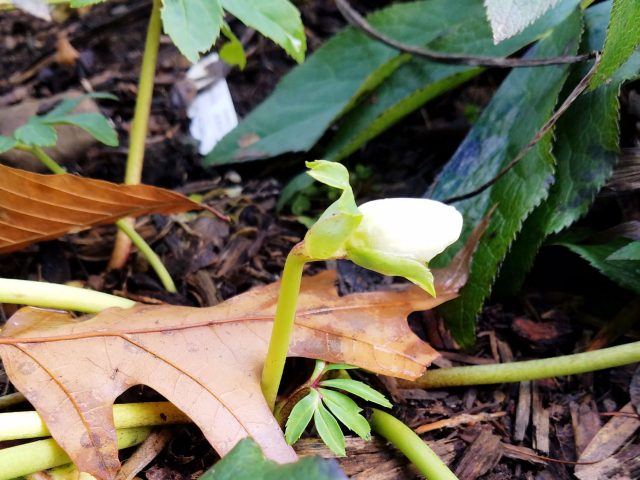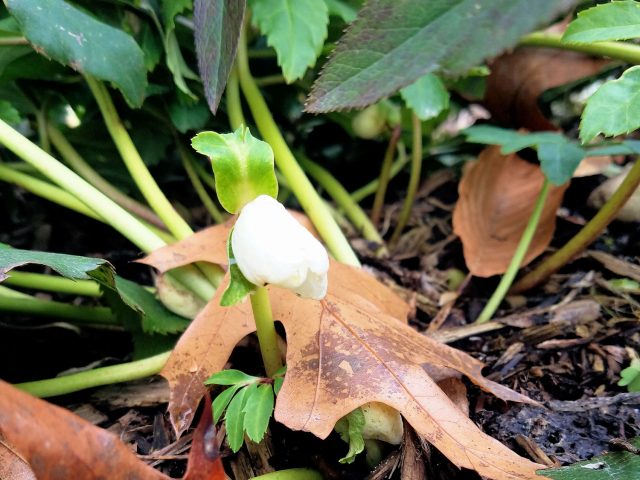![]()
What’s that plant?
Visitors asked about two plants at my Open Garden. The first one is readily available at garden centers or online.
![Fire Light hydrangea]()
Fire Light® (Hydrangea paniculata ‘SMHPFL’) is a much more colorful version of ‘Pee Gee’ hydrangea. It’s hardy to Zone 3.
is the only type of hydrangea that can be shaped into a tree form. If you’ve seen hydrangeas that look like trees growing in yards in your neighborhood or town, then you know this more colorful version will do fine for you. The other plant visitors asked about is not as easily found.
![Angelica gigas]()
Angelica gigas is a biennial. The first year it just grows leaves. The second year (third year, for me) it sends up an amazing umbel of deep purple flowers that are covered with pollinators.
Sometimes an online specialty nursery will offer it for sale, but I’ve always gotten mine as seedlings from friends or the nearest rock garden society sale. In theory, it will self-sow and produce more seedlings. In practice, this has never happened for me. Perhaps I don’t recognize the seedlings and weed them out. Or perhaps I really don’t have the right conditions. After all, I started with three seedlings, and only one made it to maturity. But I love its dramatic form and deep color, so whenever seedlings come my way, I try again. That’s the fun of gardening!
Plants that start blooming in autumn
We haven’t had a frost yet. I thought this might be a record for my garden, but looking over previous posts in October, I see we didn’t have a frost until this date in 2015–and yes, frost is expected tonight. As I mentioned last year, frost is not the end of the garden. Yet many of the open garden visitors expressed surprise at how much I did have blooming on the last day of September. They just don’t know my special plants and secret techiniques.
![heterotheca villosa Ruth Baumgardener]()
False golden aster (Heterotheca villosa ‘Ruth Baumgardner’) doesn’t even start blooming until mid-September.
![Aster tataricus Jindai]()
‘Jindai’ tatarian aster (Aster tataricus ‘Jindai’) is a “dwarf” form at 4 to 5 feet. I’m sure the regular giant plant would never bloom for me, because ‘Jindai’ barely manages to get started before we get frost.
And frost ruins the flowers. Too bad, as it’s winter-hardy to zone 4 (I’ve even seen zone 3). I love the lavender-blue flowers, and it’s a vigorous grower, but I only share this plant with gardeners in warmer climates.
![Ruby Mound Chrysanthemum]()
‘Ruby Mound’ chrysanthemum started blooming in mid-September and is still growing strong. What an amazing color!
![Honorine Jobert anemone]()
Japanese anemones also start blooming in fall. This beauty is ‘Honorine Jobert’.
![Helleborus Pink Frost]()
Oh, look! My ‘Pink Frost’ hellebore (Helleborus x ballardiae ‘COSEH 710’) is blooming! It’s supposed to bloom from February to April, but I won’t tell if you don’t! I got this as an Easter plant at my grocery store.
I’m not surprised it’s blooming now, as it has “Christmas” rose (
Helleborus niger) parentage, and my October/November would be late December in Great Britain (where
H. niger got its common name).
Plants that bloom again in fall
The secret to having lots of flowers in fall is to deadhead in summer. I’m not a tidy gardener. And since neglecting to deadhead doesn’t kill a plant, if I’m short on time, I’d rather weed or plant a new acquisition. But I’ve learned that deadheading certain plants means more flowers in the fall.
![Salvia transylvanica]()
Romanian sage (Salvia transylvanica) starts blooming in June and will bloom again in the fall if deadheaded.
![foxglove]()
Foxgloves are another plant that will send up new bloom stalks if deadheaded. Make sure you let them seed around before cutting them down.
![Flower Carpet Pink Supreme]()
Flower Carpet roses look spectacular in July. They take a rest and then bloom again in the fall. This is Flower Carpet ‘Pink Supreme’.
I don’t deadhead these thoroughly and I’m pretty sure they would rebloom without deadheading. Maybe they would bloom even more if I cut off every dead flower.
![Oso Happy Petit Pink rose]()
I’m pretty sure this little sweetheart never did stop blooming–and I didn’t deadhead her at all! Meet Oso Easy® Petit Pink (Rosa x ‘ZLEMarianneYoshida’)
Some daylilies will rebloom if you promptly cut out the spent scapes and there are also reblooming bearded irises. Do you know some rebloomers that I didn’t mention?
Annuals that keep on blooming
Let’s face it: a lot of so-called summer annuals don’t really look like much here until September.
![White cosmos]()
Cosmos is one of those. Yes, we get blooms in August, but it doesn’t really come into its own until September.
![Mingus Toni dahlia]()
‘Mingus Toni’ dahlia gets humongous. It’s one of the earliest blooming dahlias I’ve tried and once it gets going it doesn’t stop until frost blackens it.
Sweet alyssum, violas and pansies, golden feverfew, and flowering tobacco are other annuals that bloom in fall and even through the first frosts.
Fall foliage–it’s what defines the season
Every year I talk about colorful foliage in the garden, and you probably have your favorites, too–tell me about them in the comments. I just want to mention a few you might not have considered.
![Knautia macedonica Thunder and Lightning]()
Knautia macedonica ‘Thunder and Lightning’ is no longer blooming, (hmm, maybe I should have been deadheading it?) but its foliage still looks very attractive.
![Sugar Shack buttonbush and Lets Dance Rave]()
Buttonbush (top of photo) is known for its interesting flowers and seedheads. My Sugar Shack® (Cephalanthus occidentalis ‘SMCOSS’) which I got as a sample from Proven Winners hasn’t bloomed (yet), but I love the fall color. Let’s Dance® Rave® (Hydrangea macrophylla ‘SMNHMSIGMA’) is blooming below it.
Want more?
More great ideas for fall color from previous October posts:
Frost Is Not The End
Hello, Frost; Goodbye Plants
Frost Tolerant Flowers
Not Dead Yet
Freeze Aftermath
Inspired by the words of Elizabeth Lawrence, “We can have flowers nearly every month of the year,” Carol of May Dreams Gardens started Garden Bloggers Bloom Day. On the 15th of every month, garden bloggers from all over the world publish what is currently blooming in their gardens. Check it out at May Dreams Gardens.








